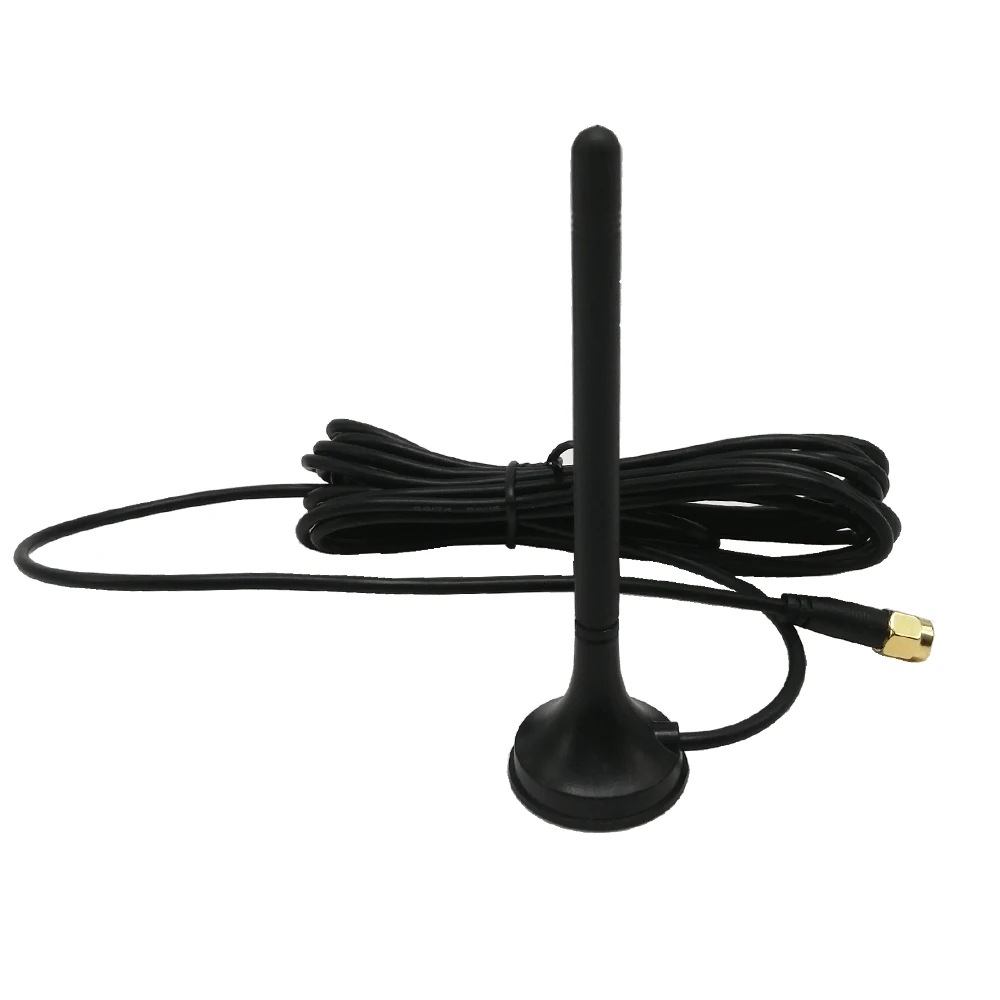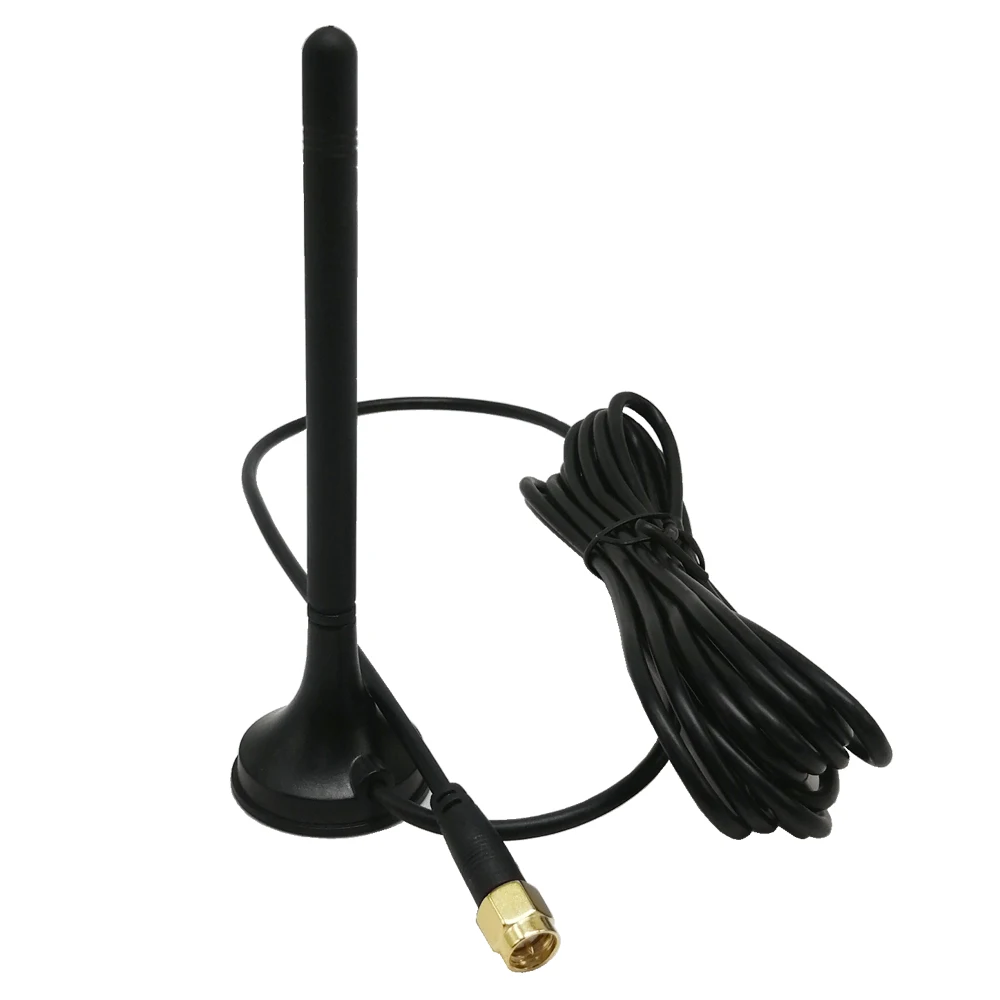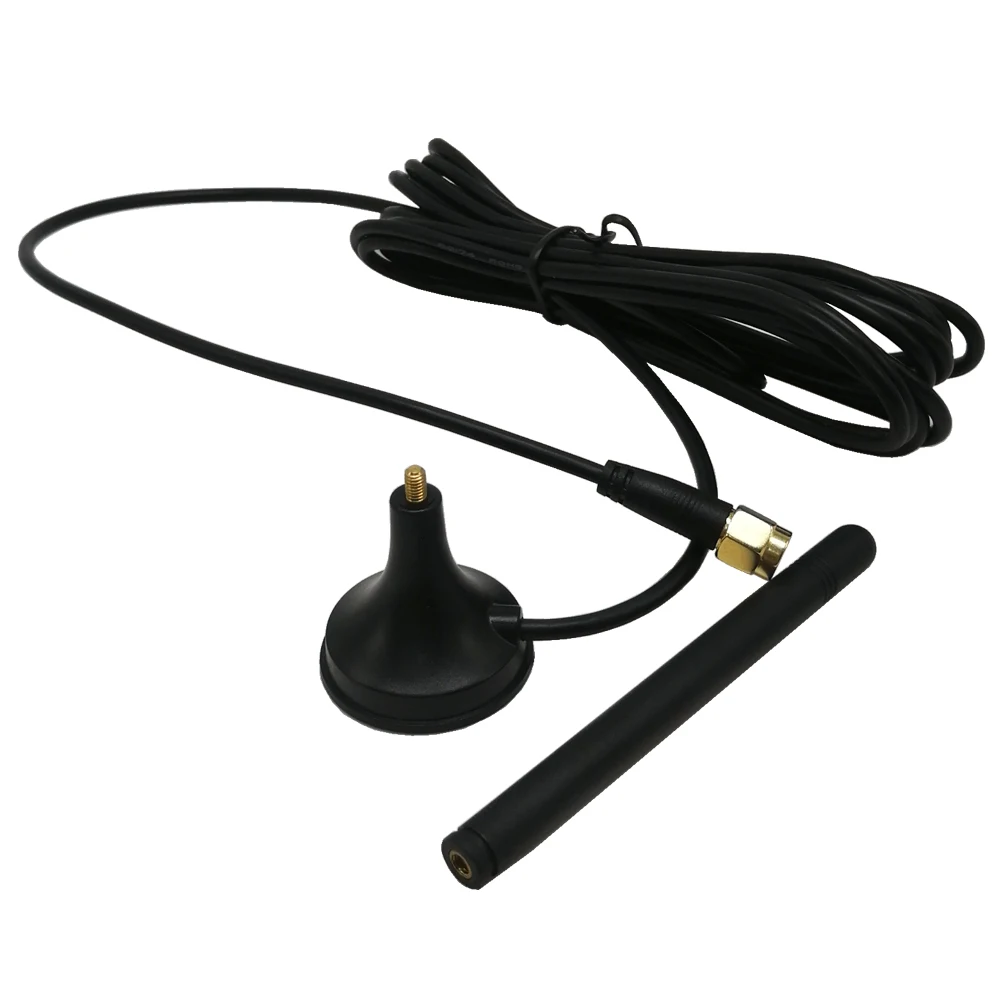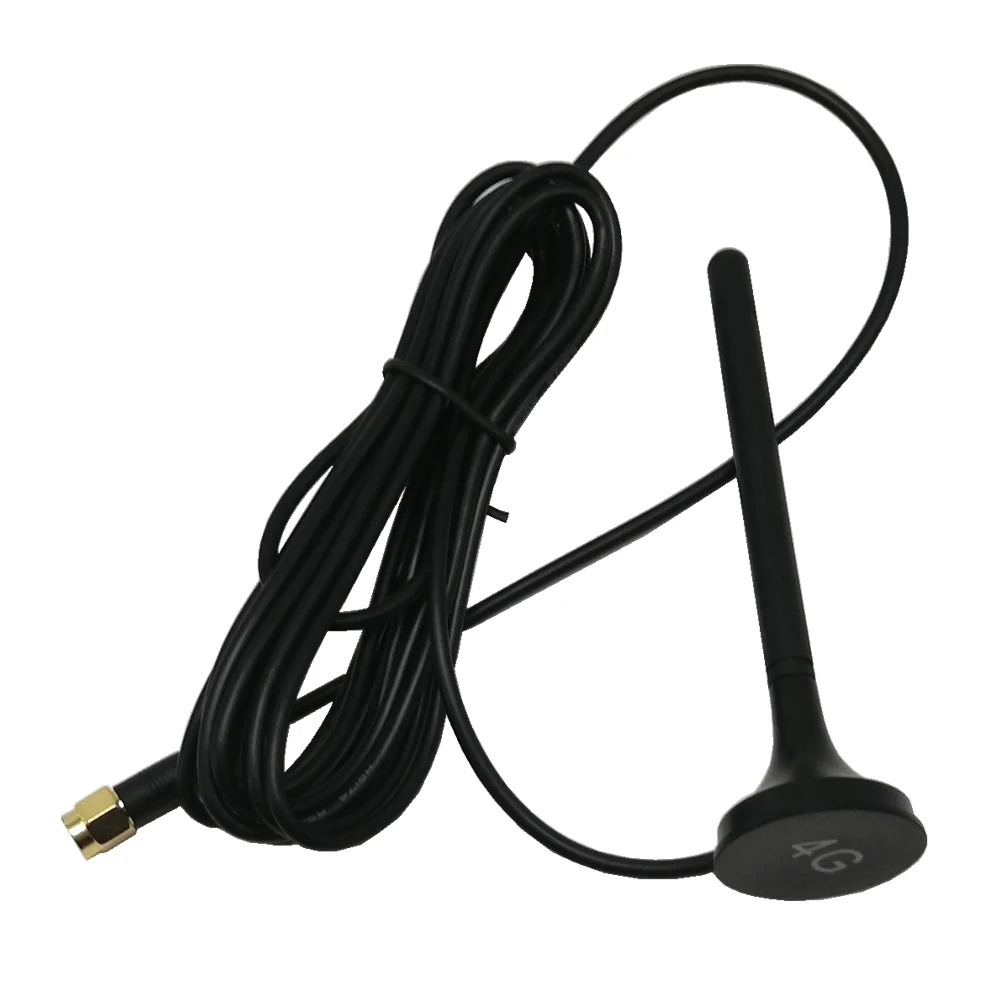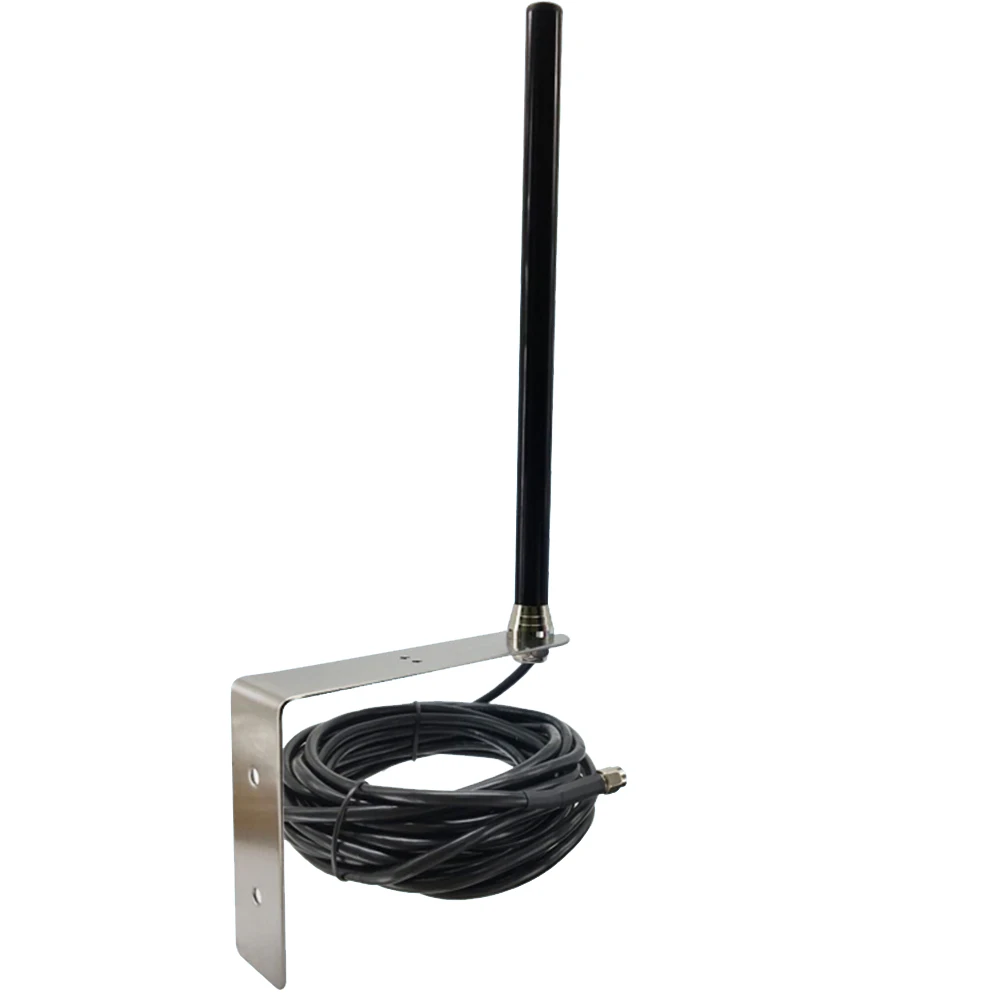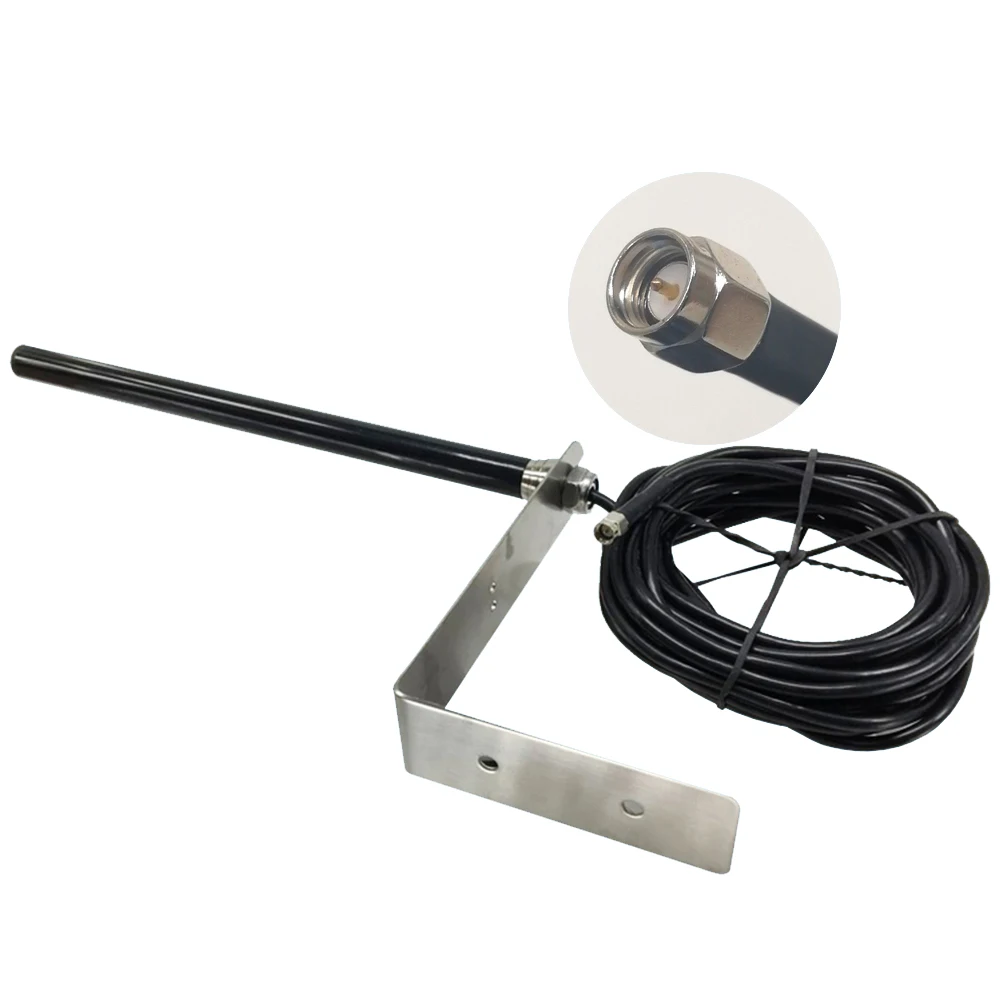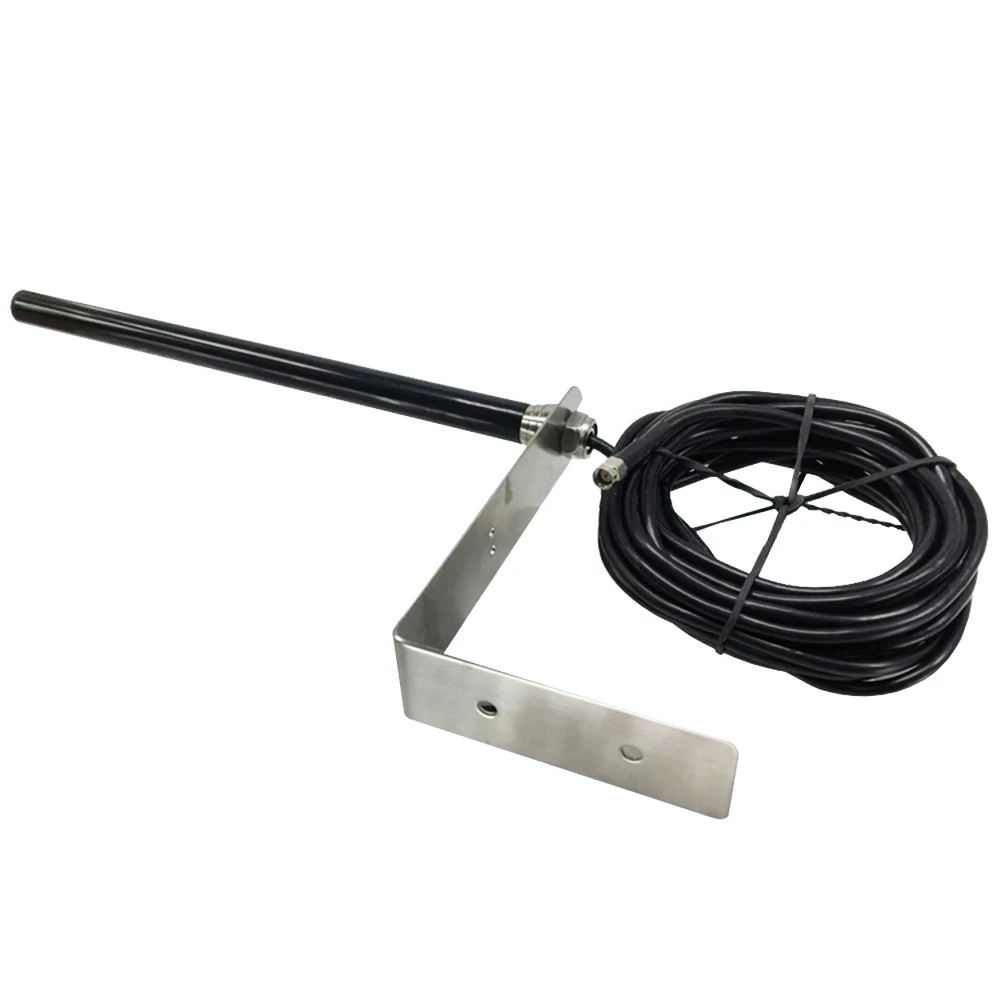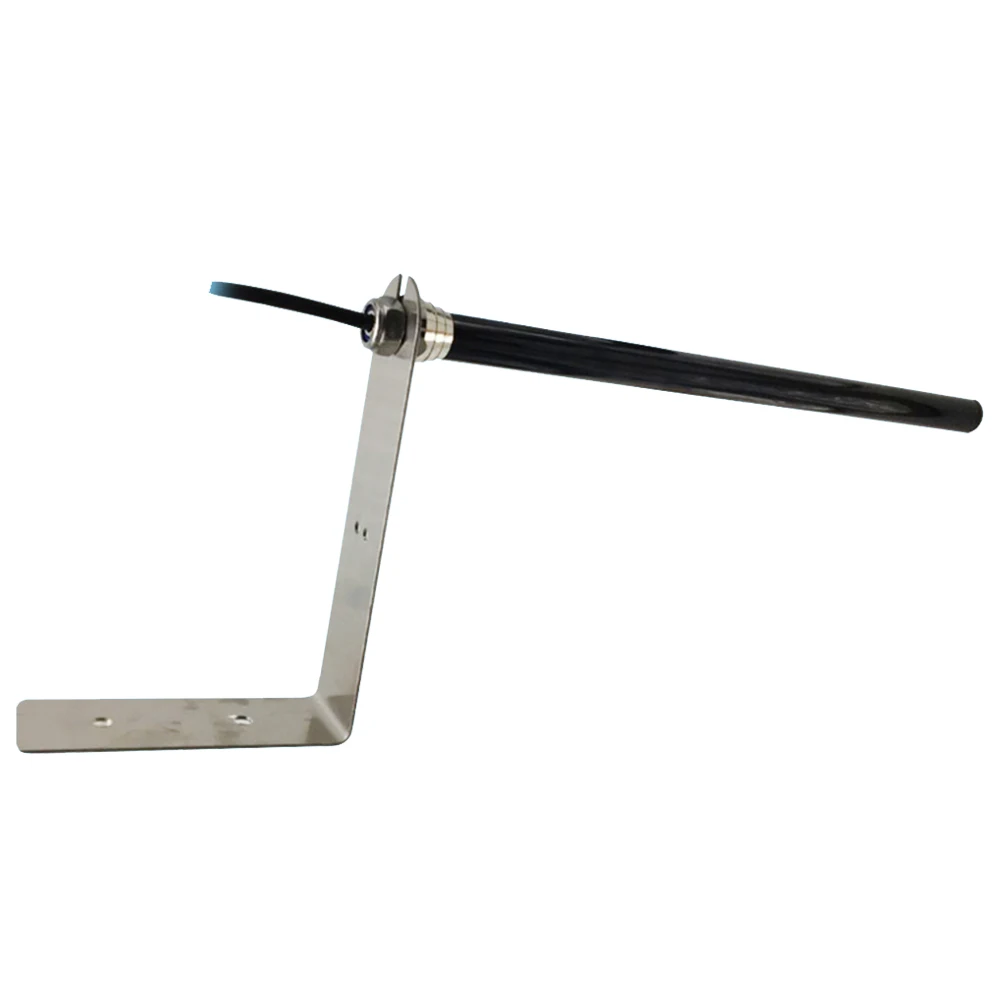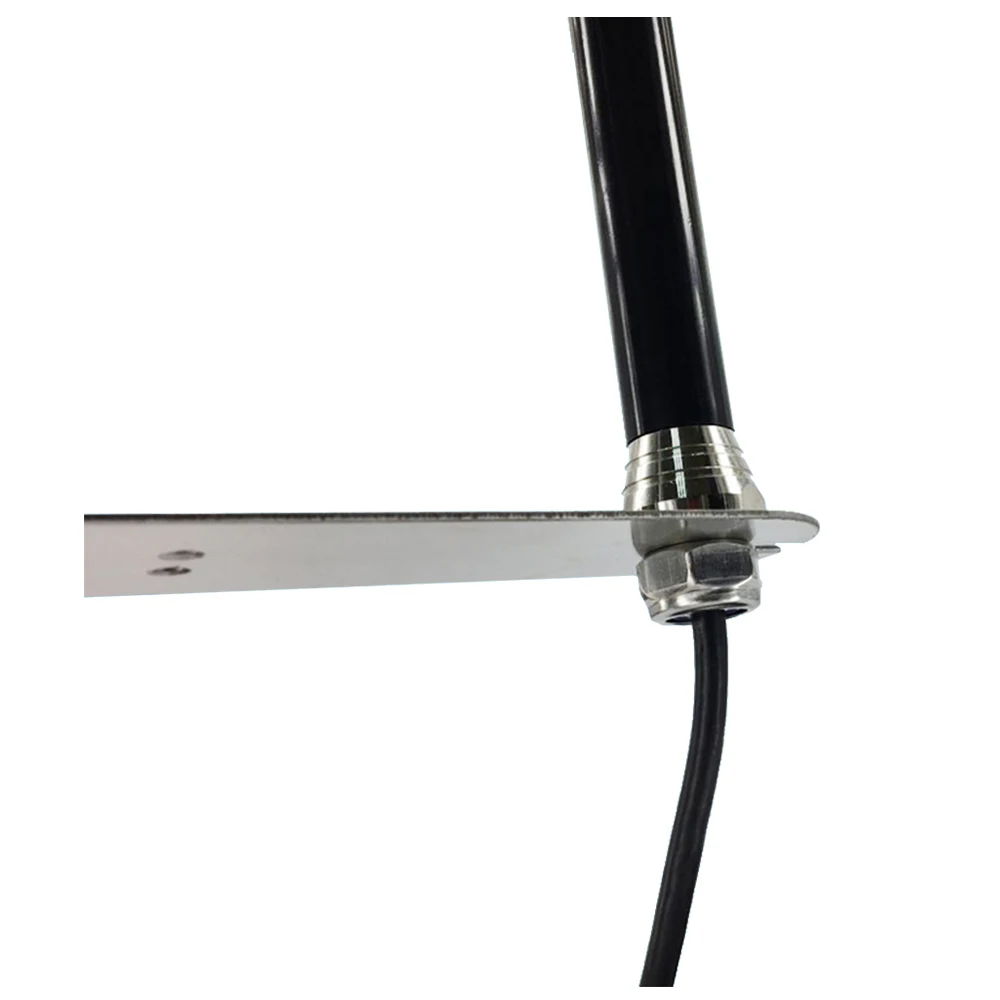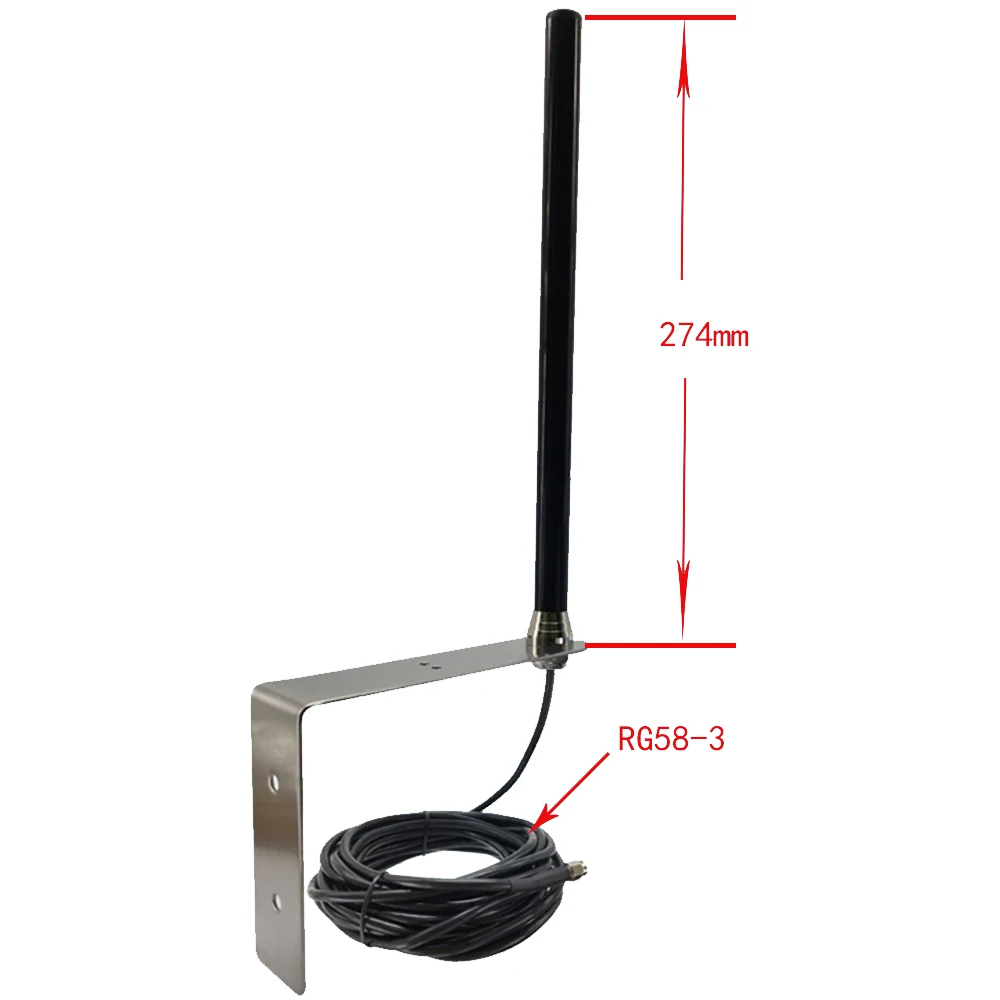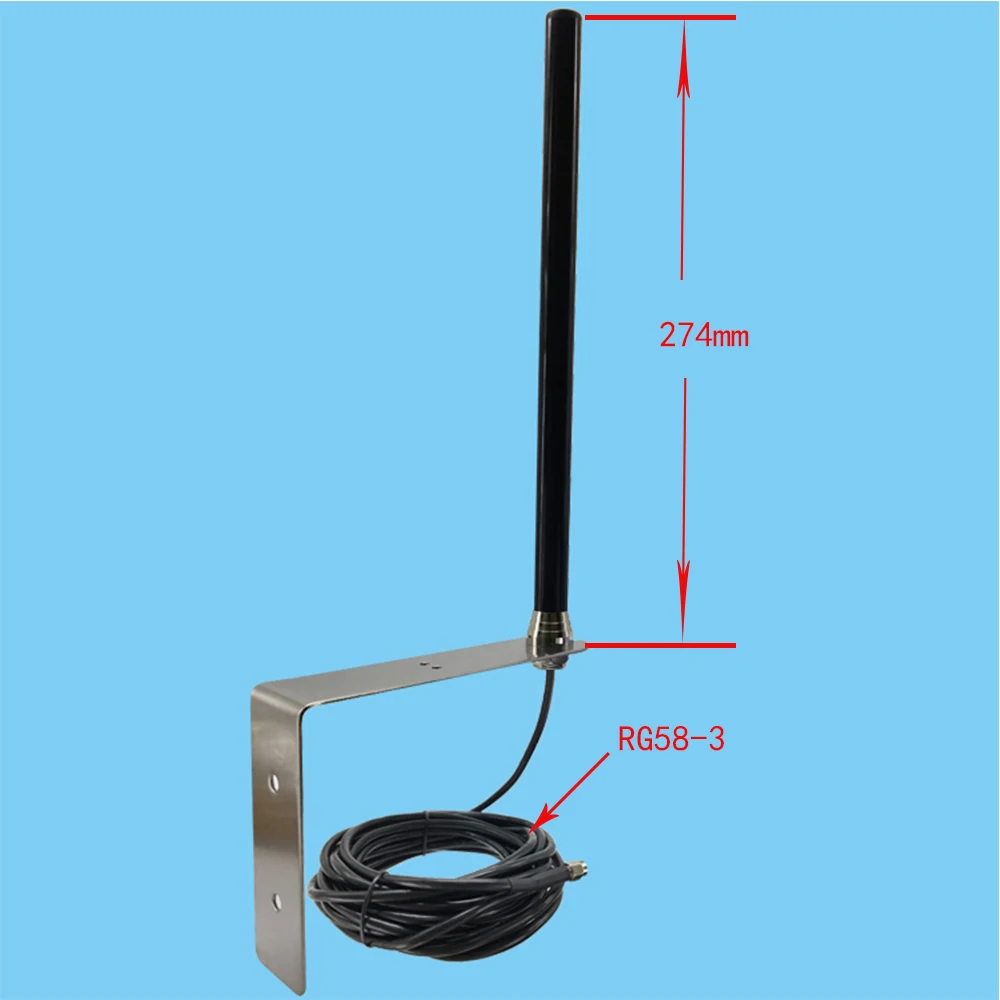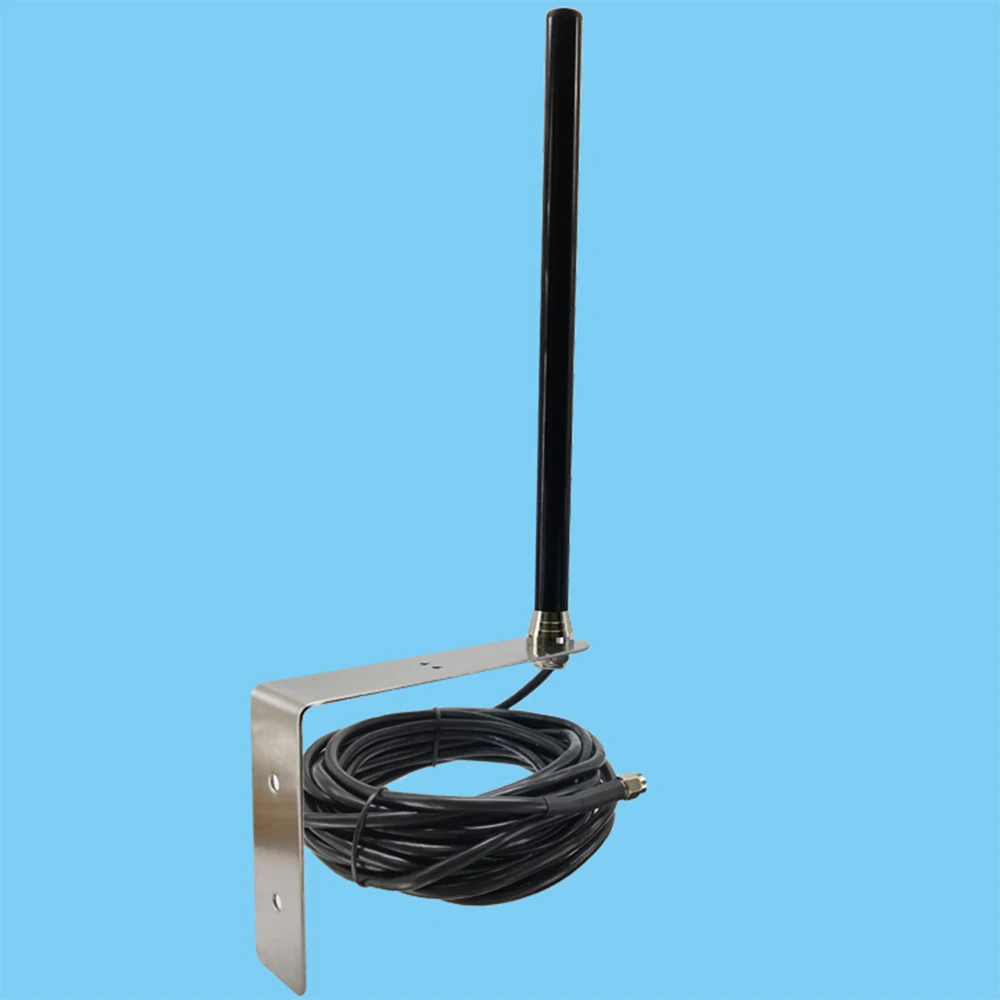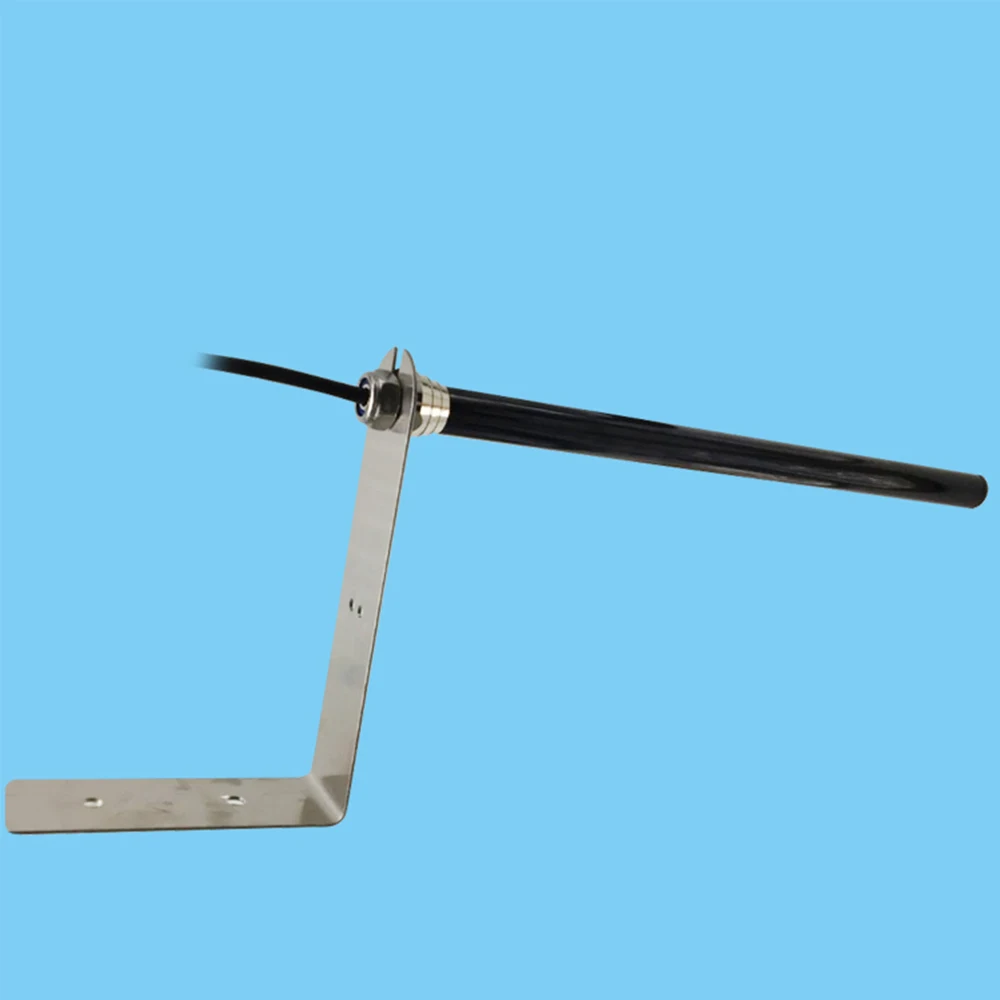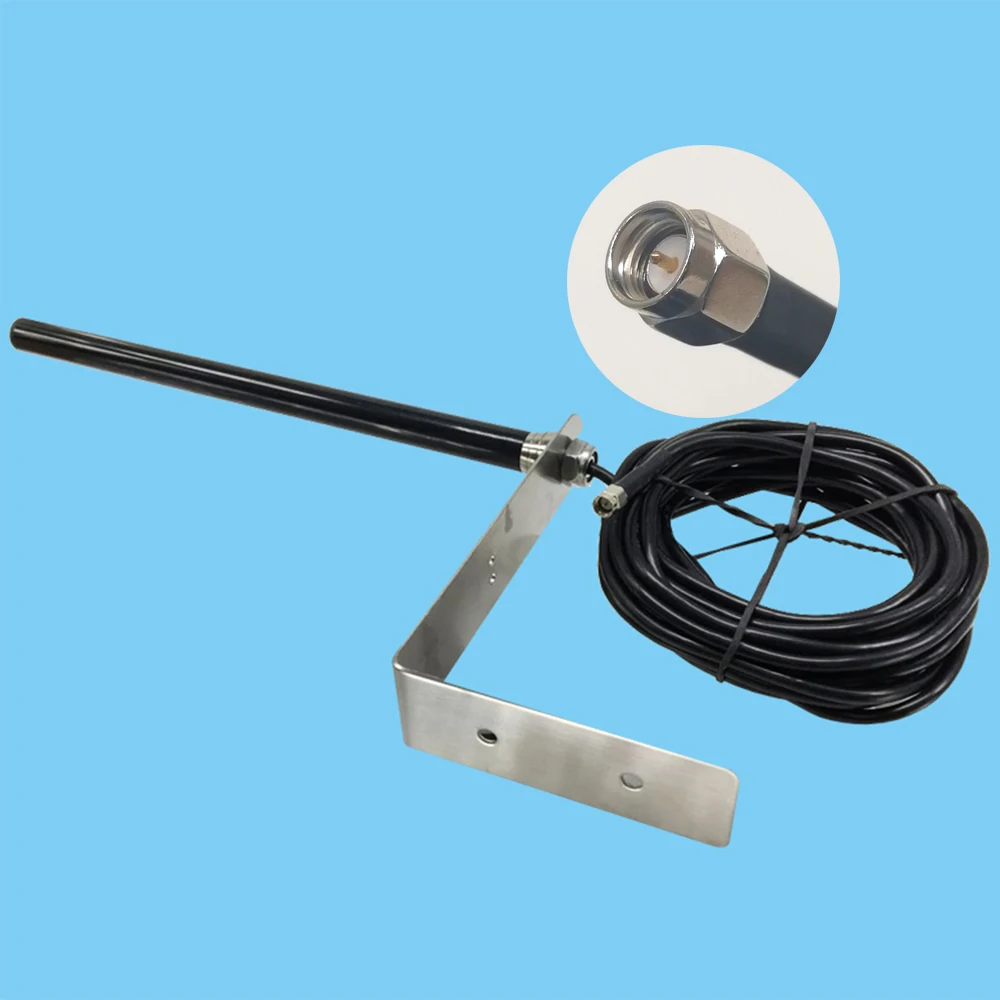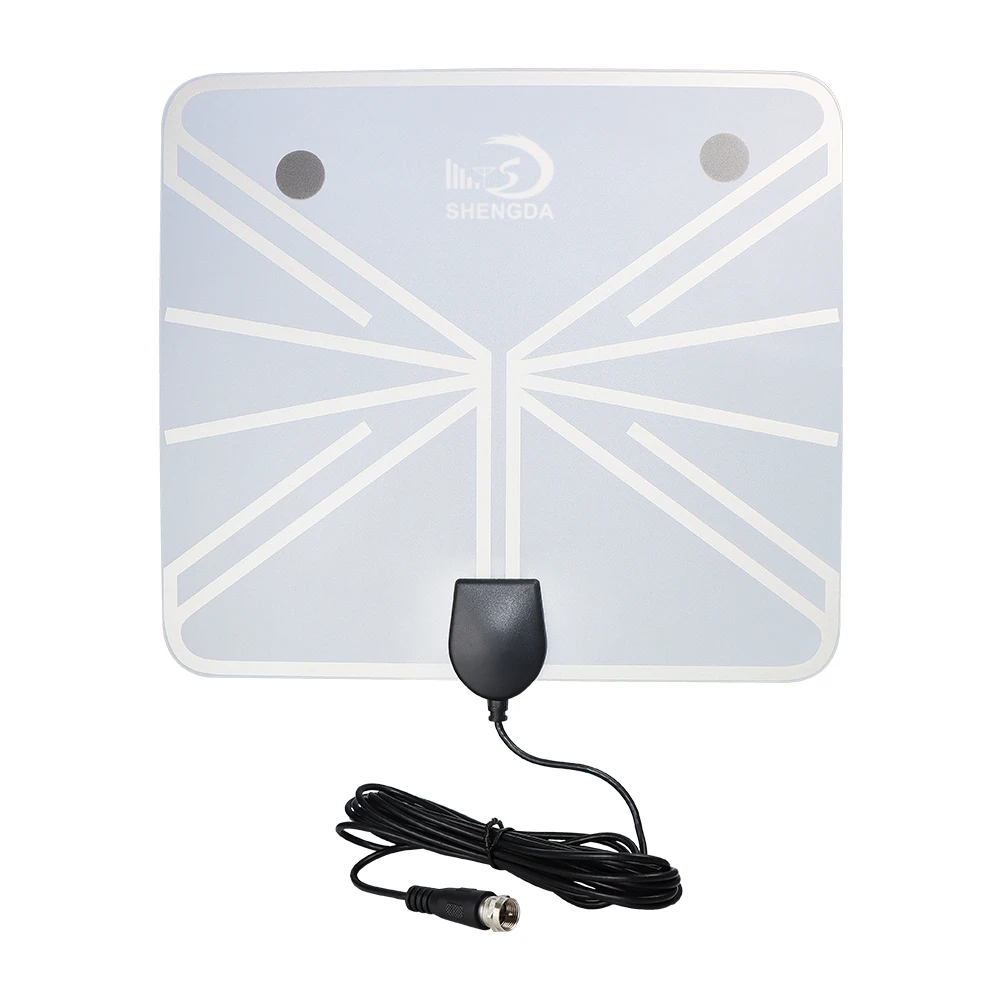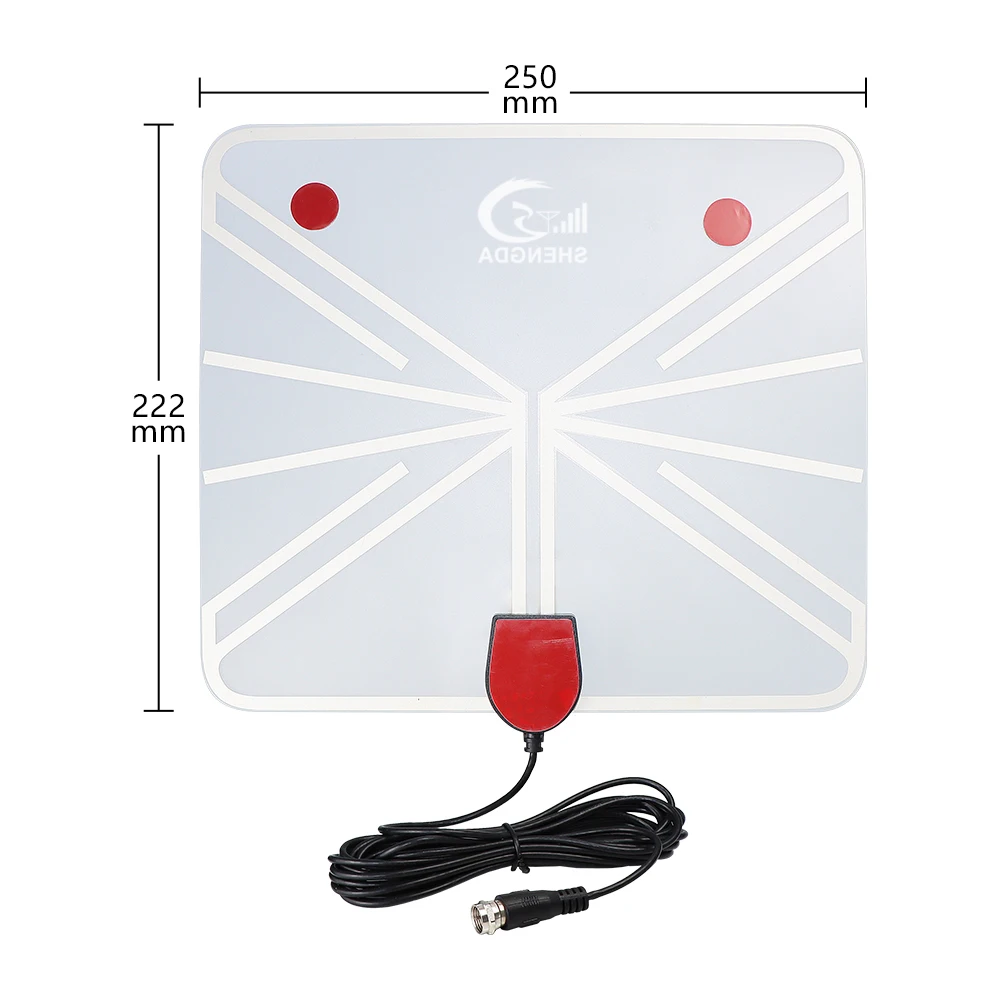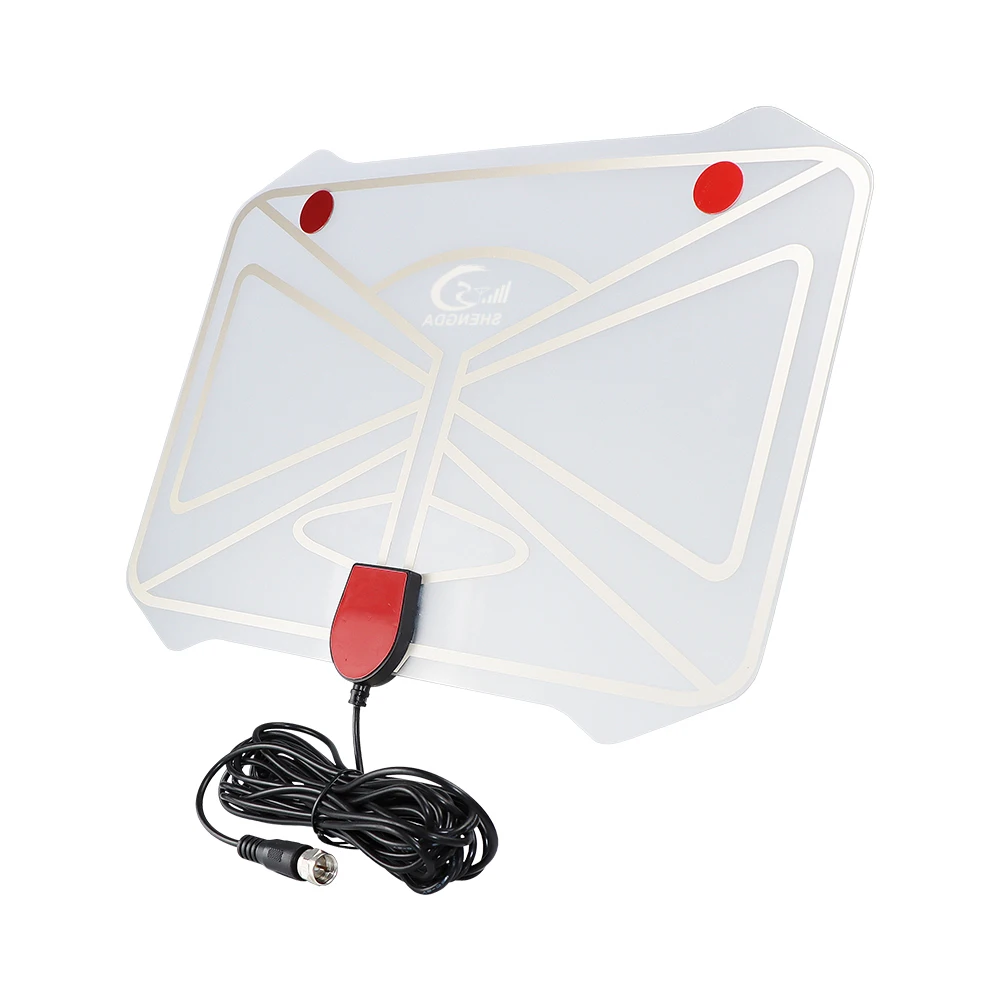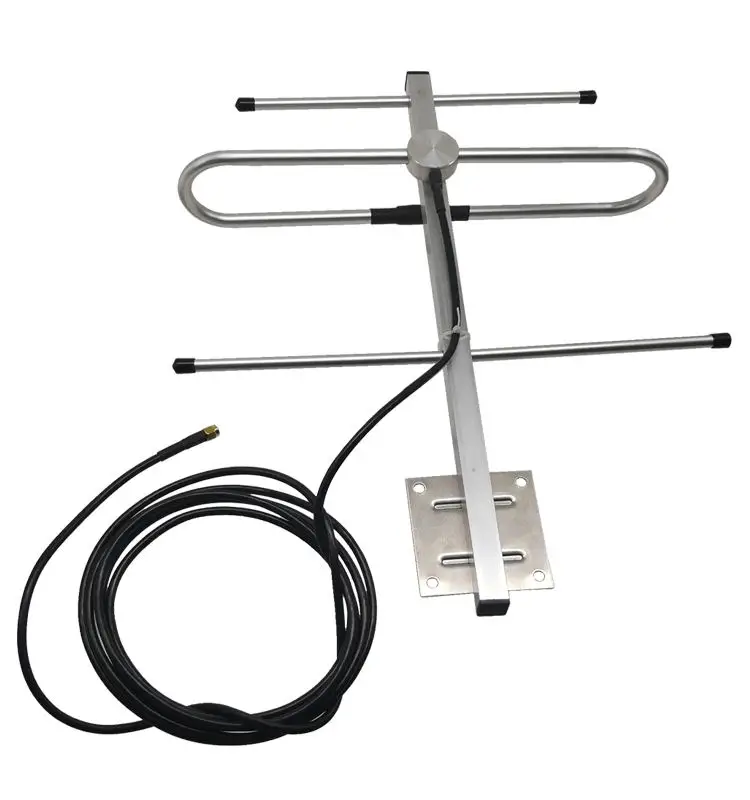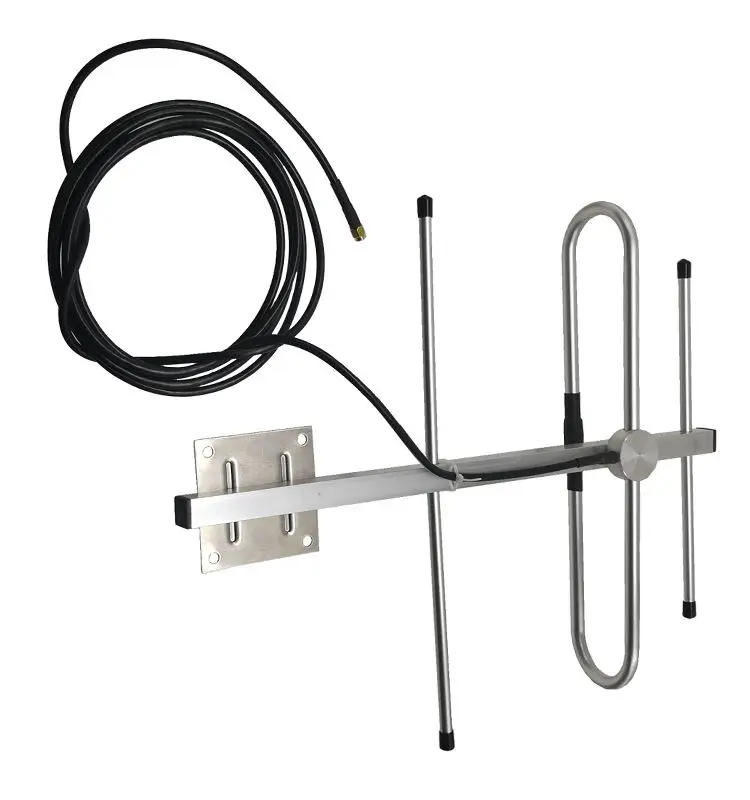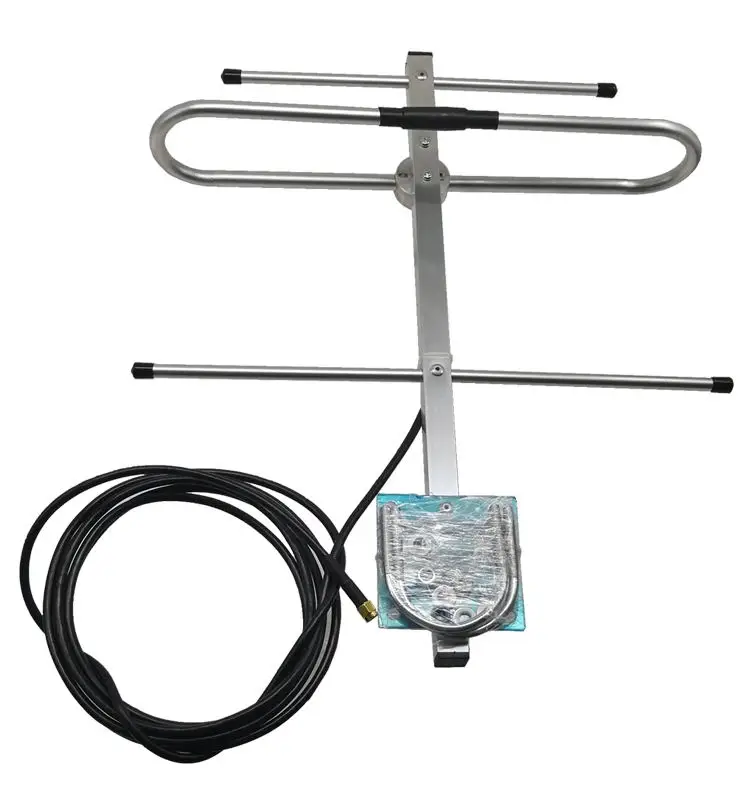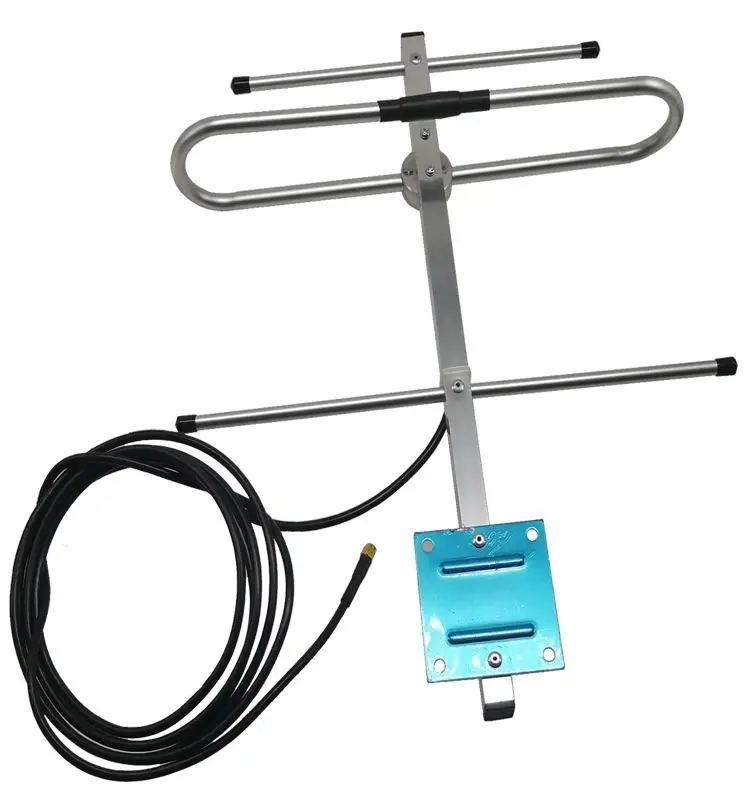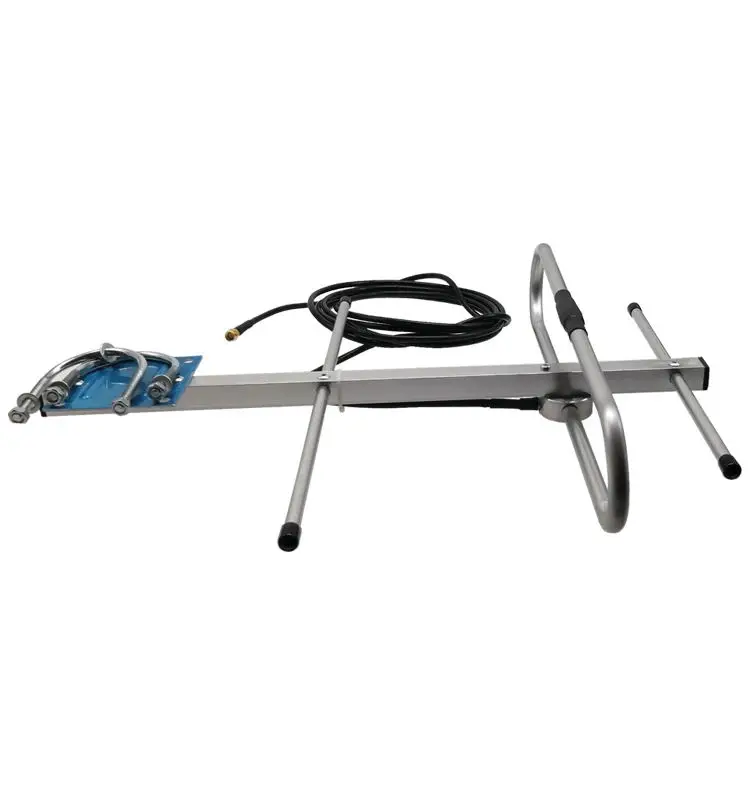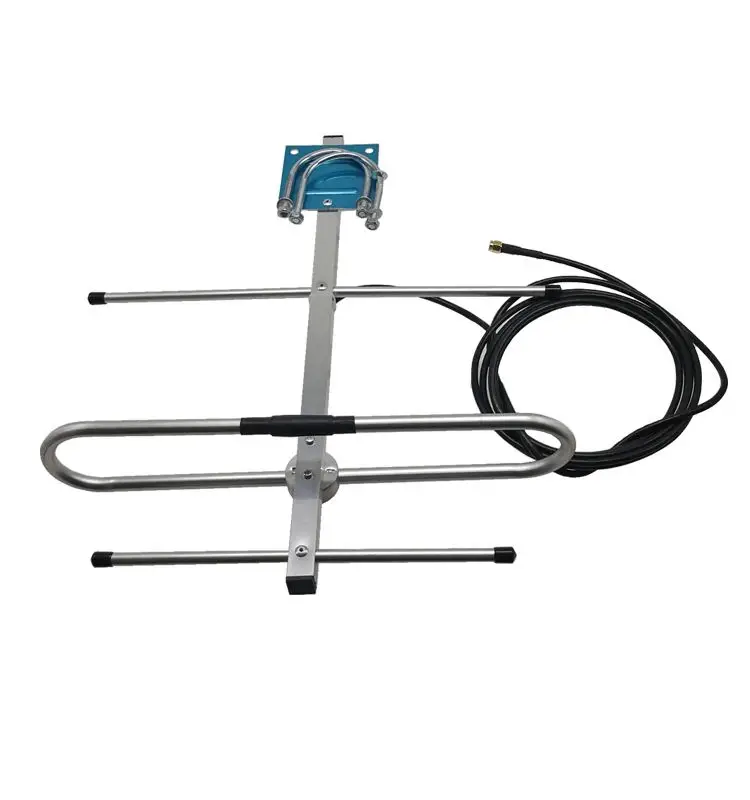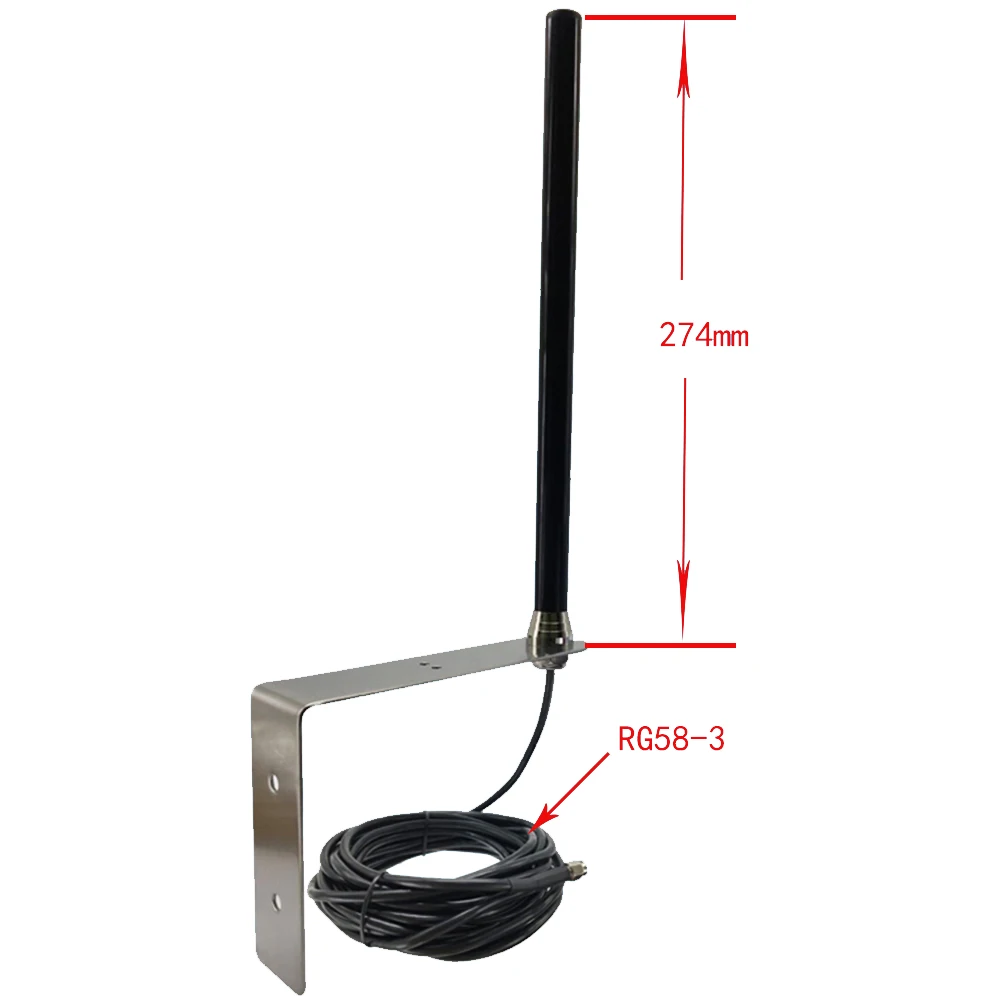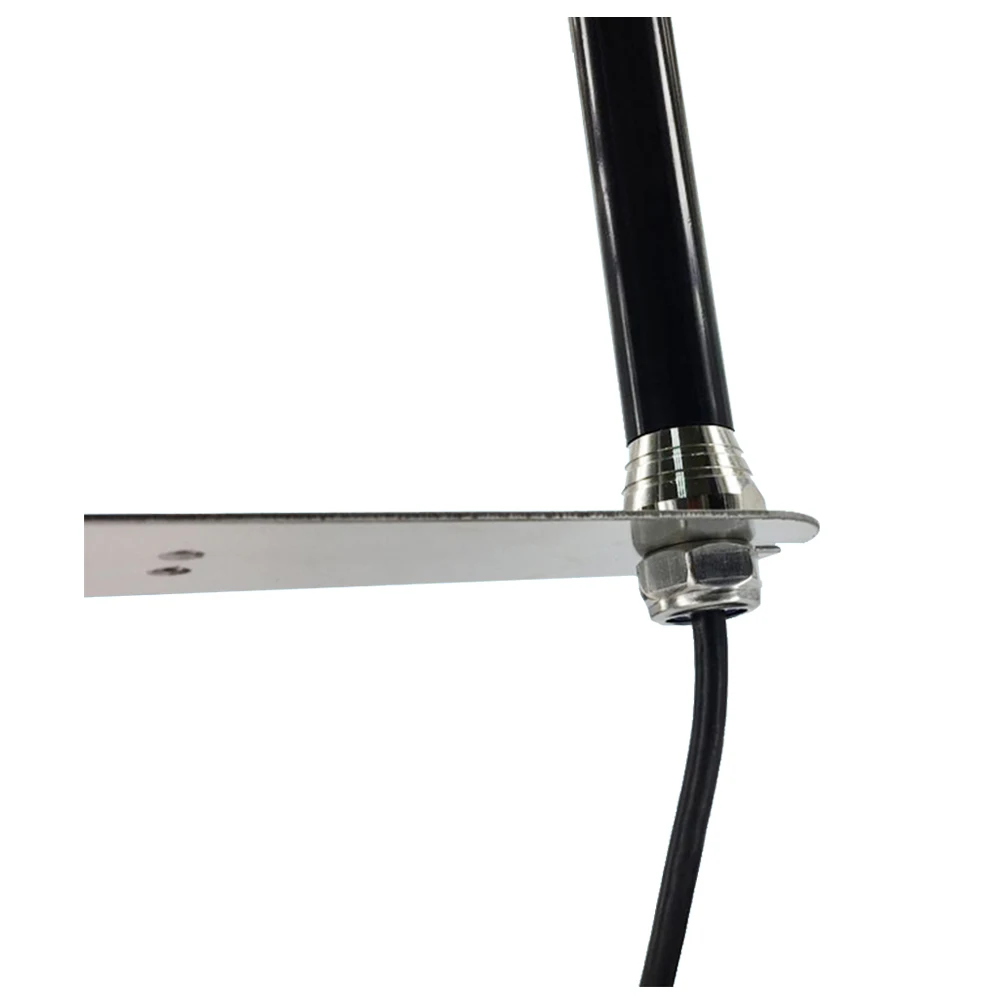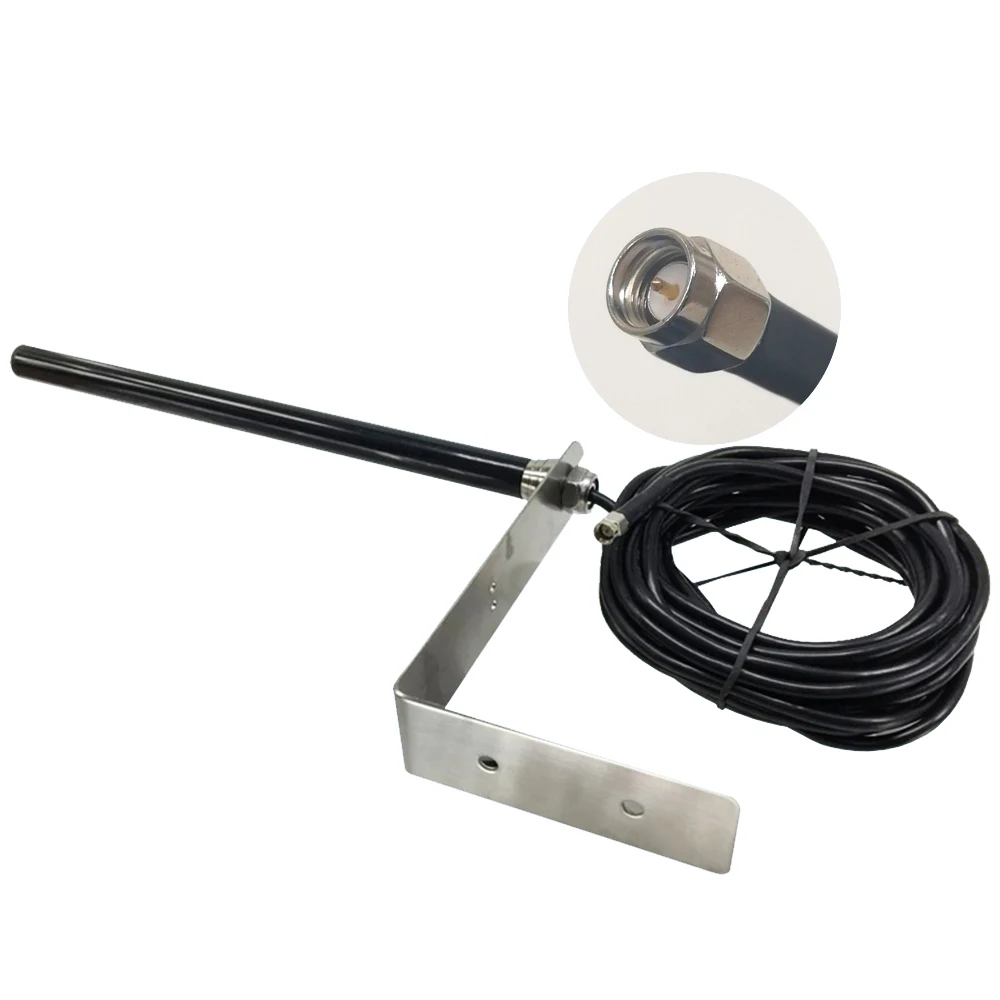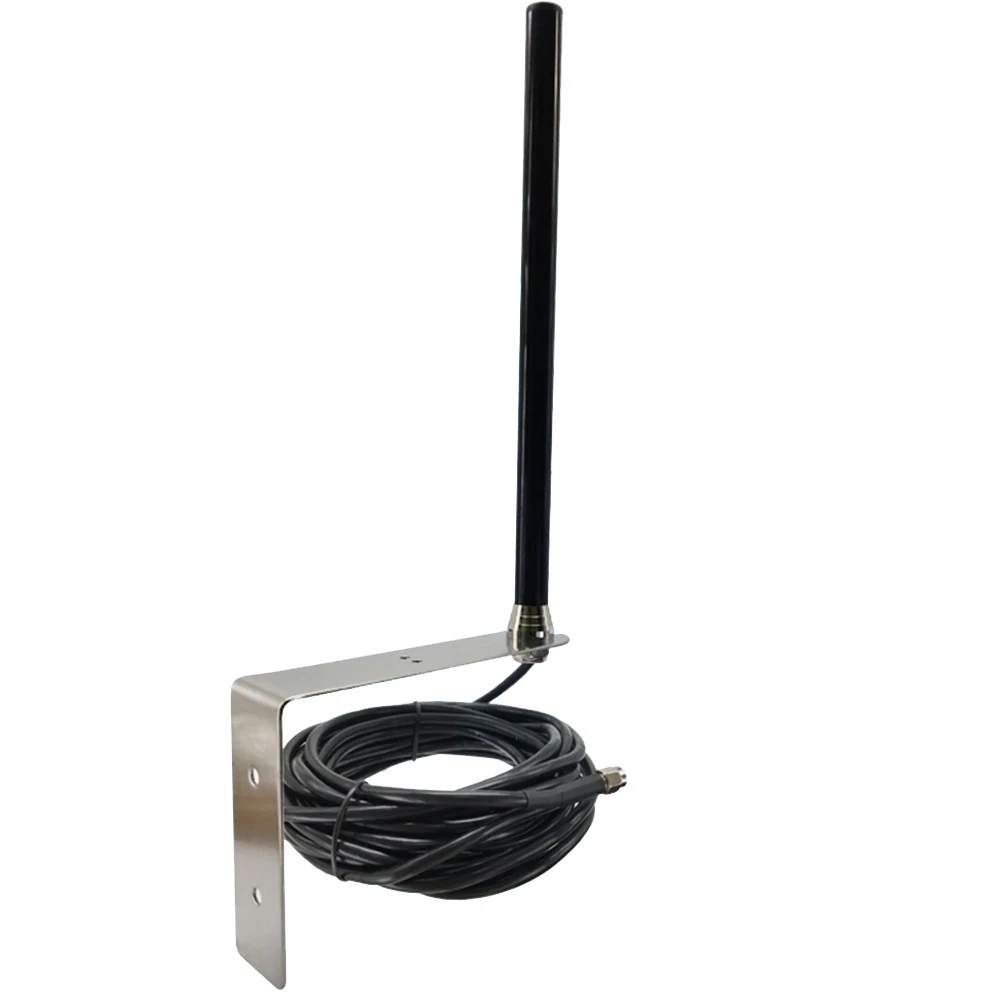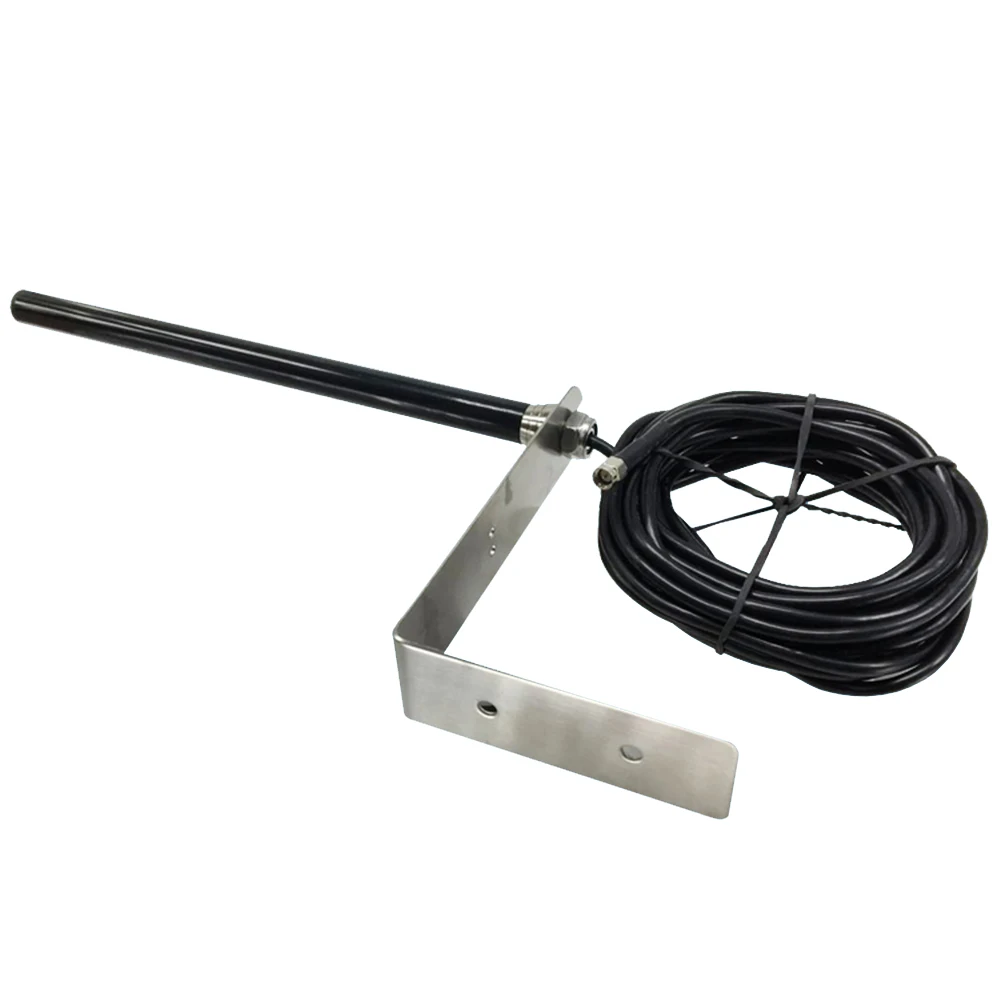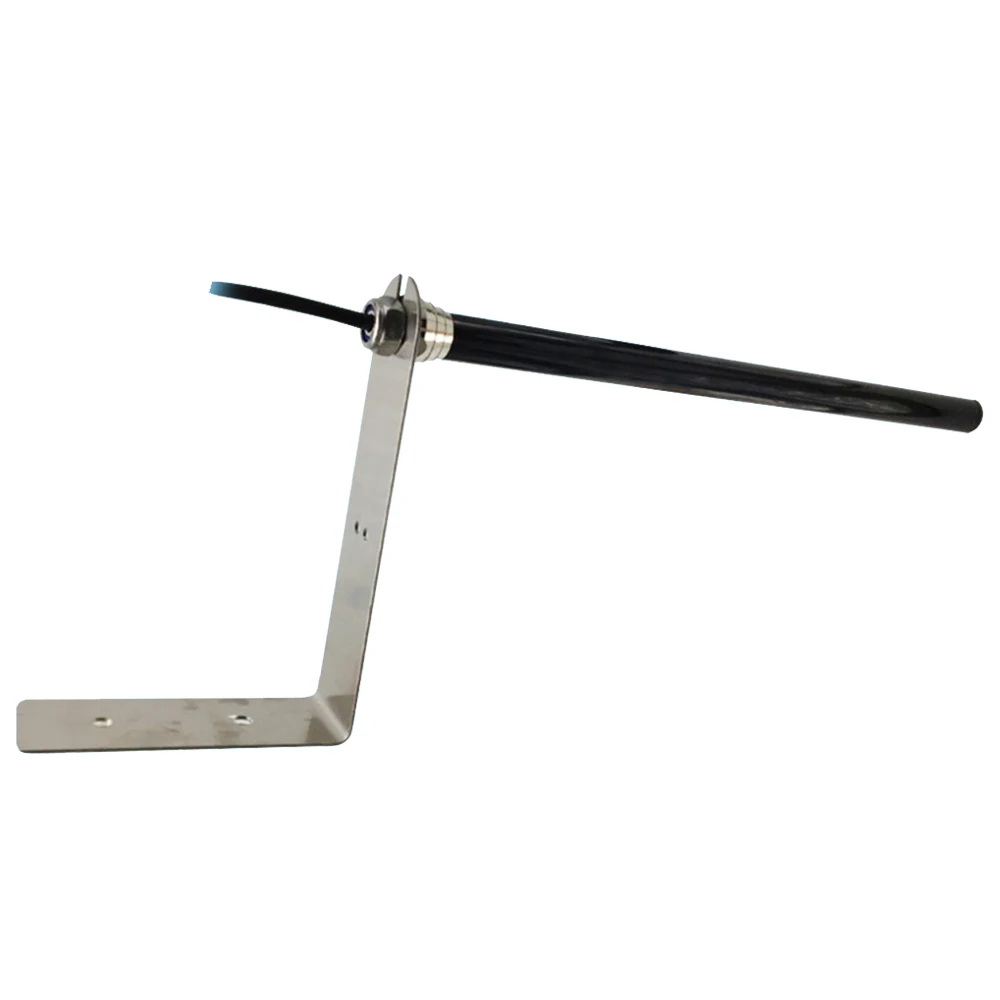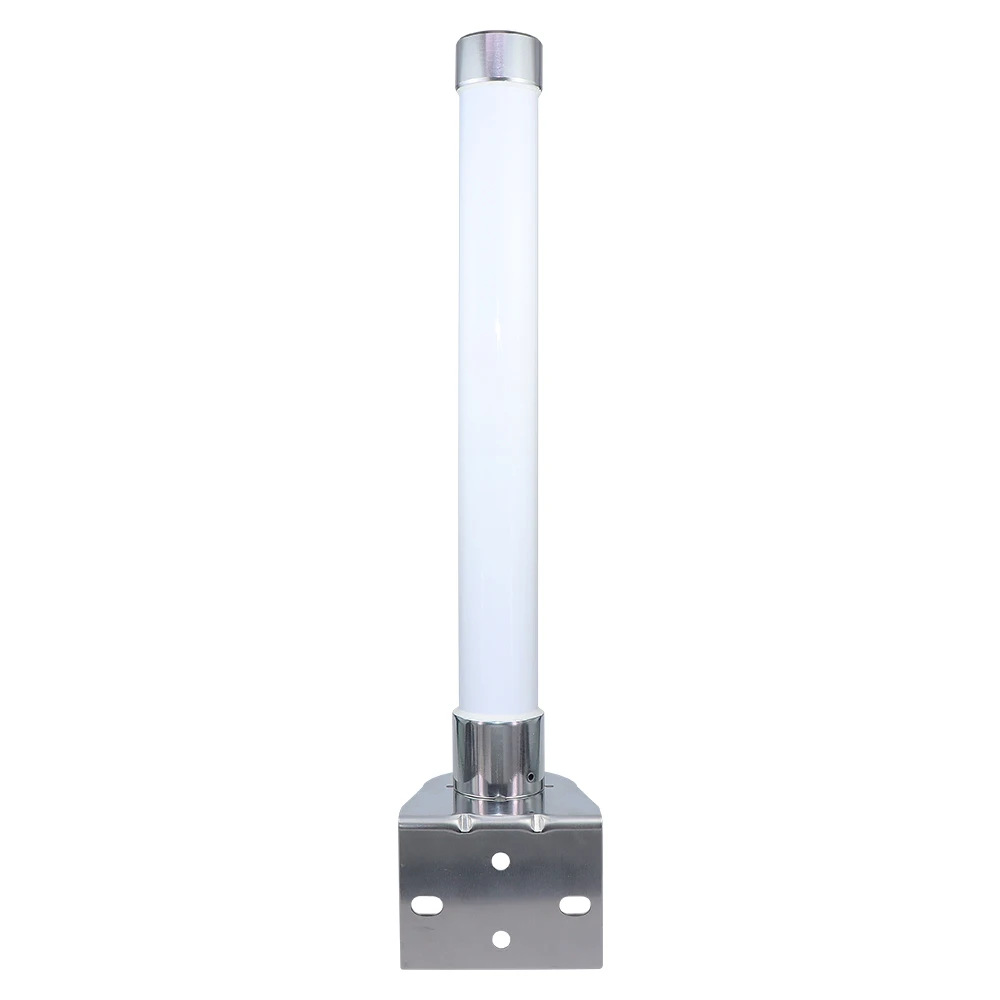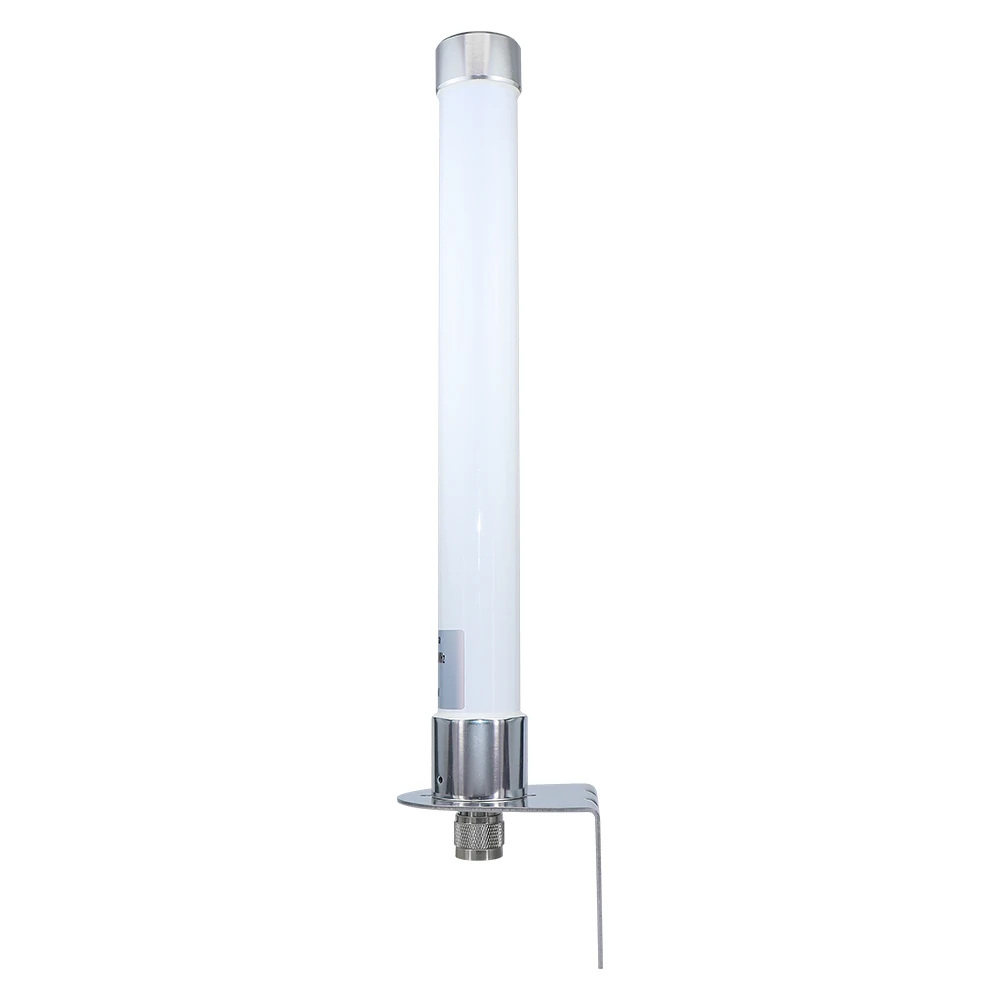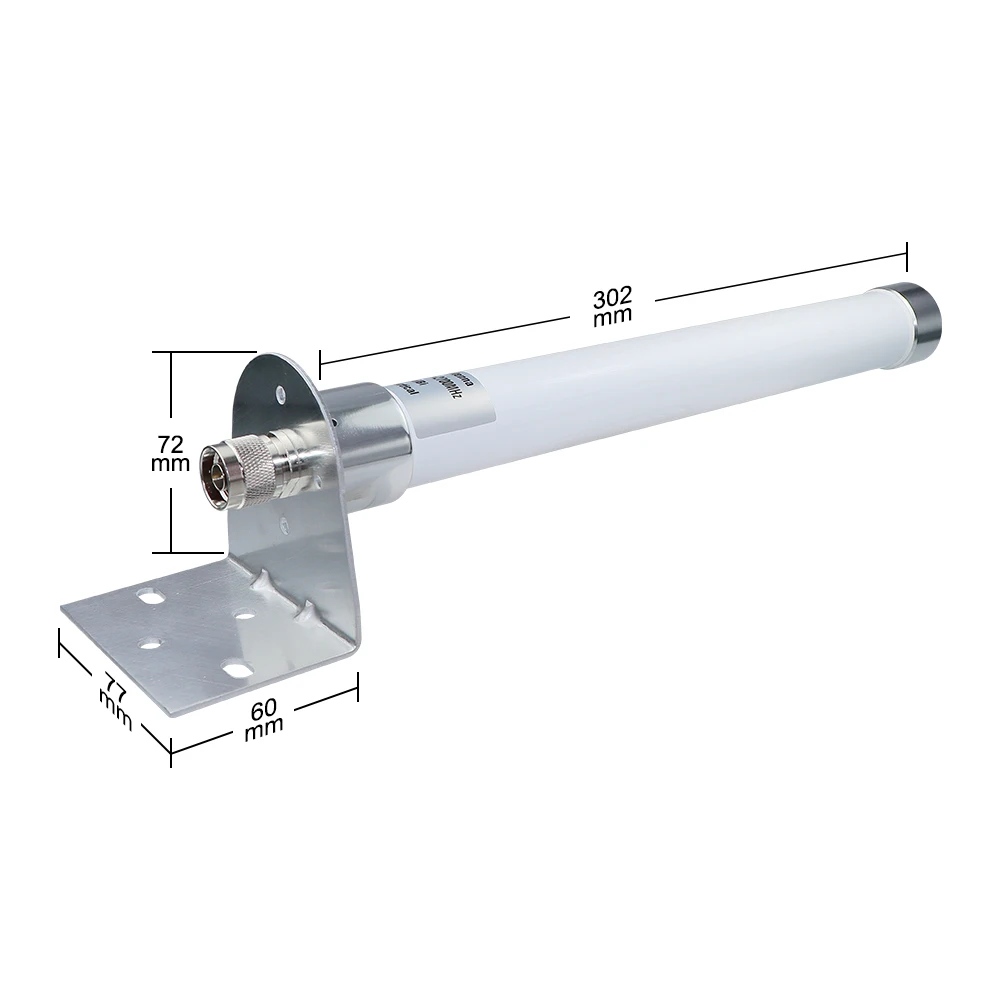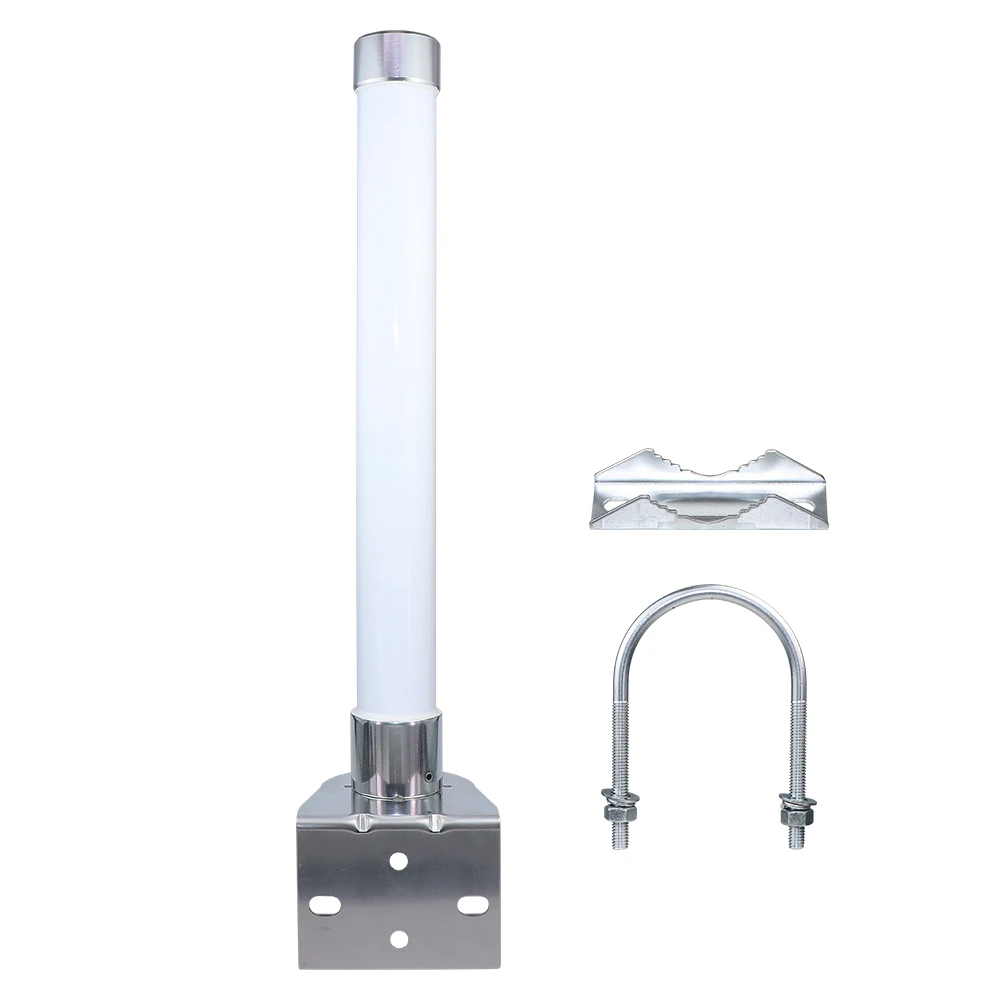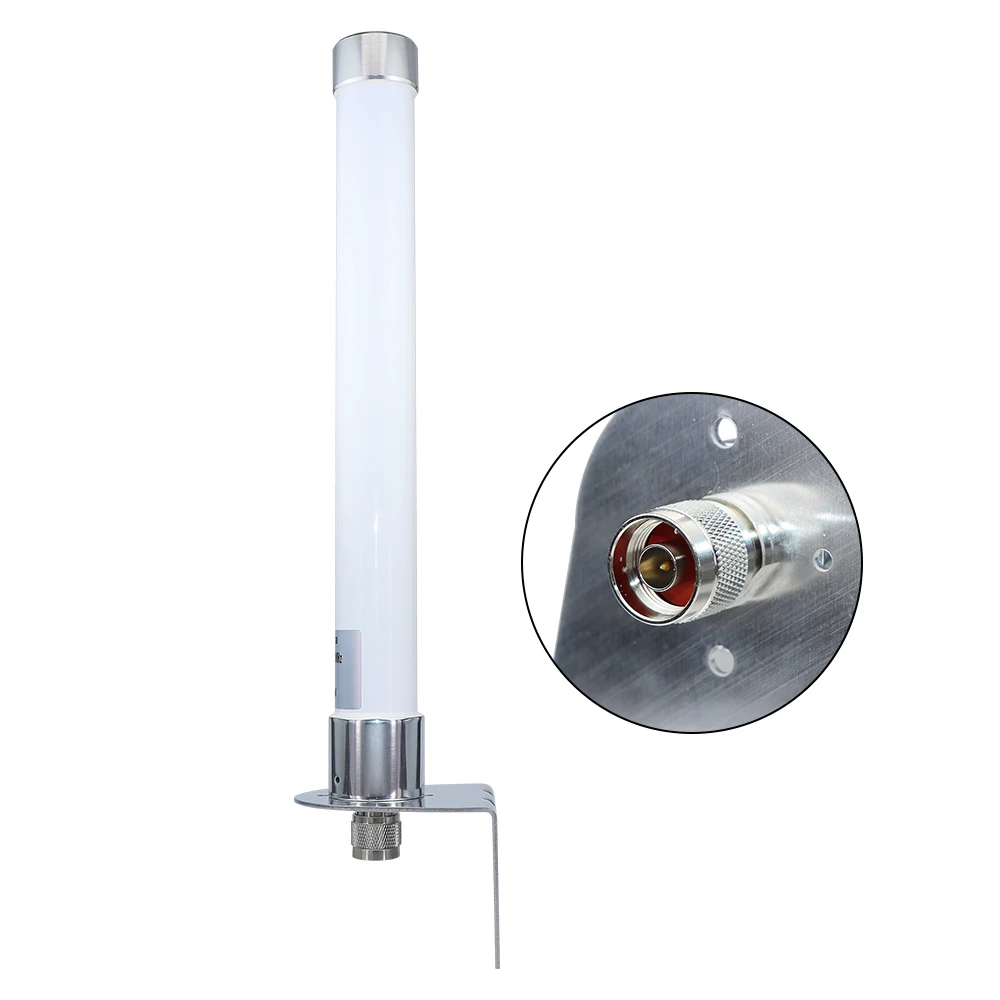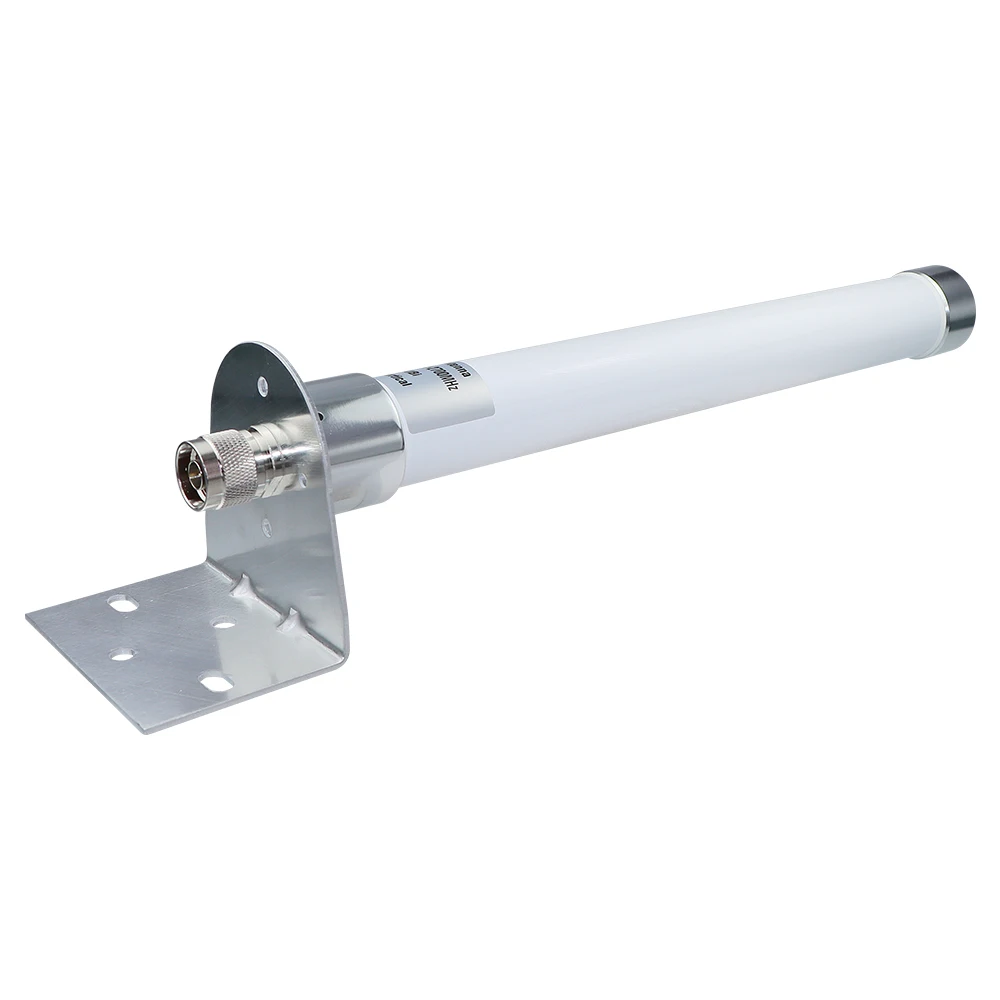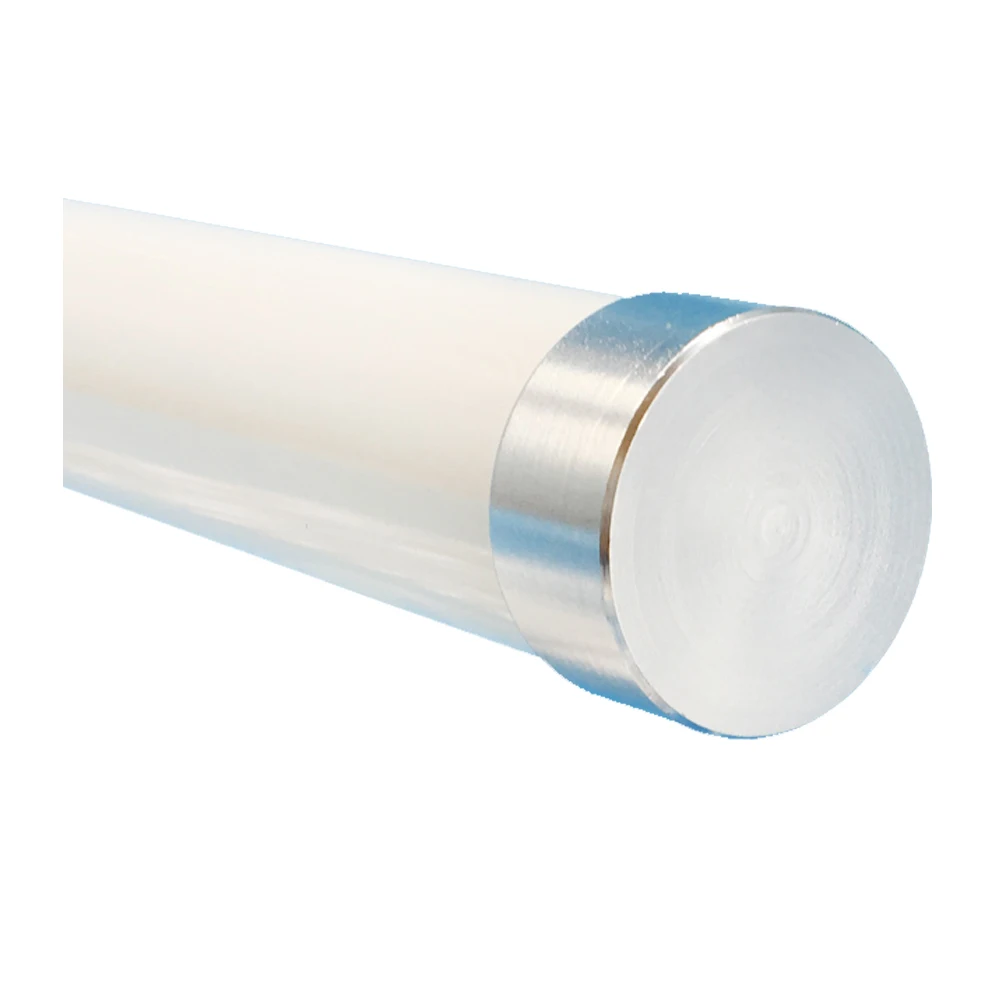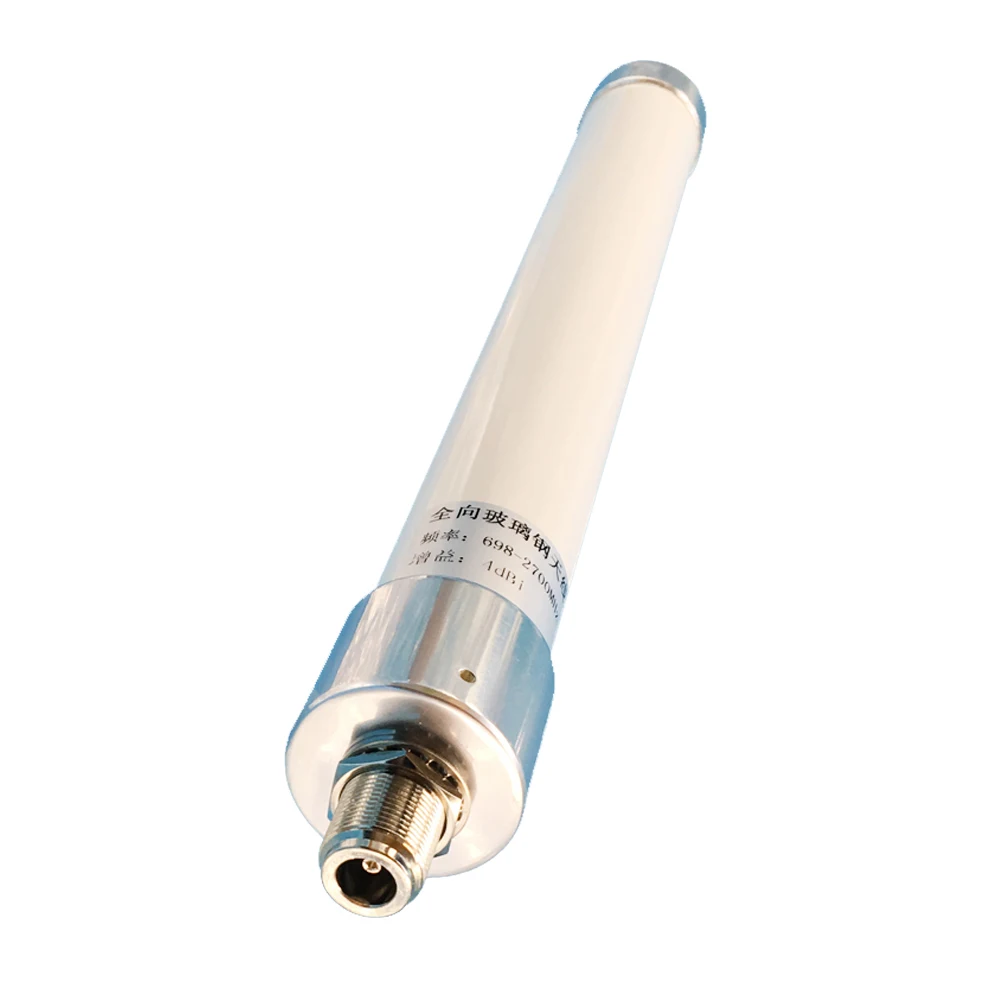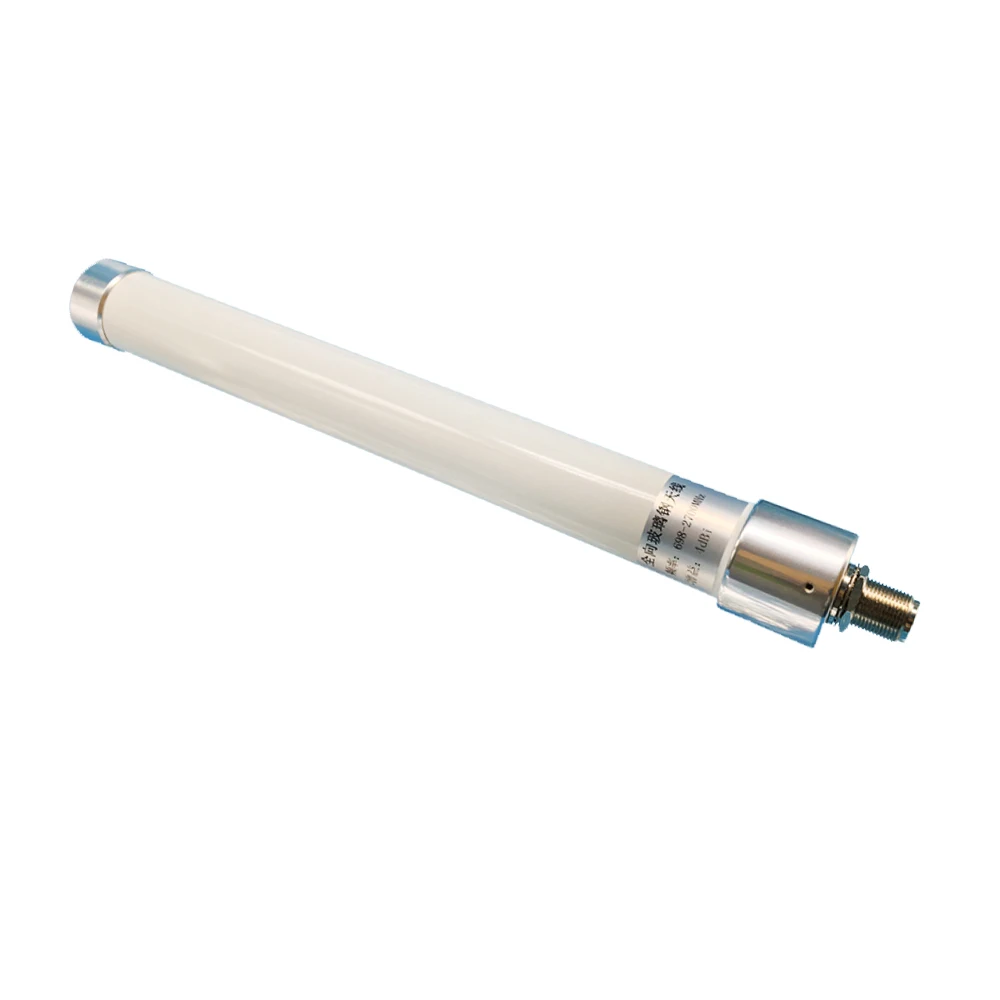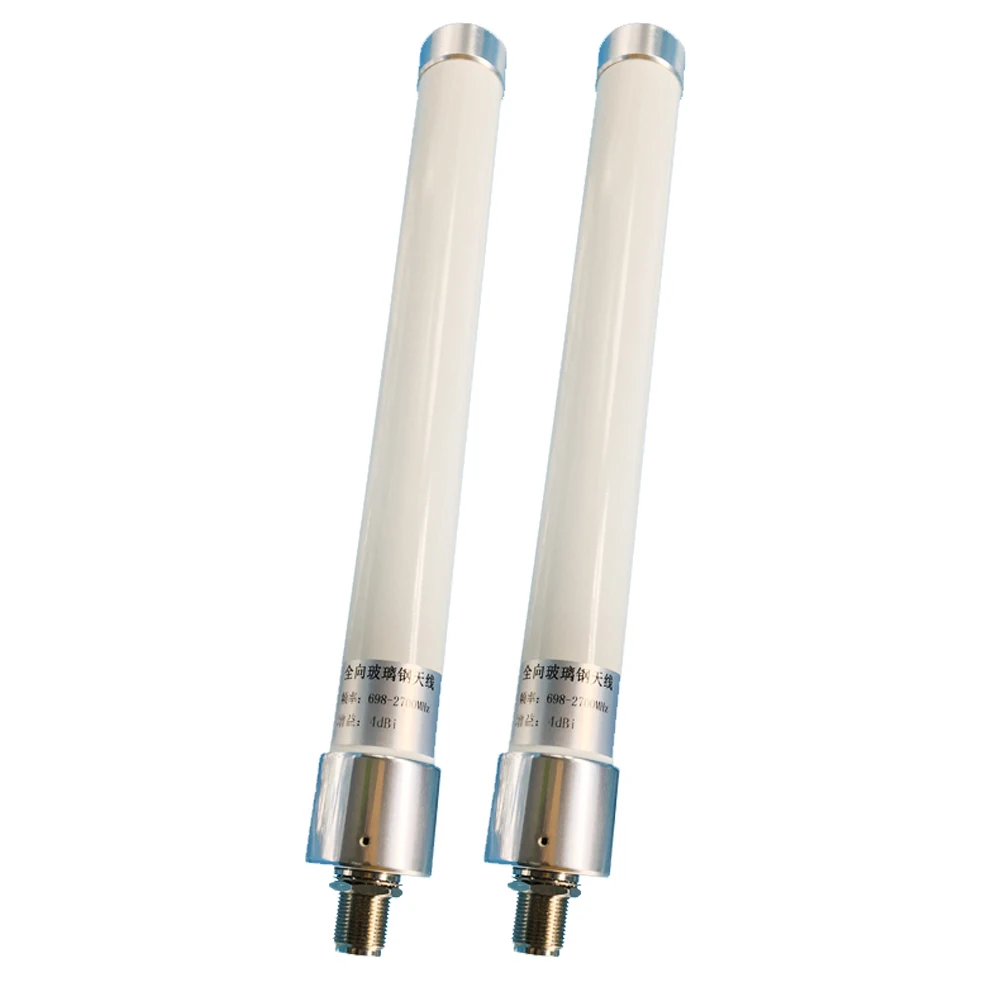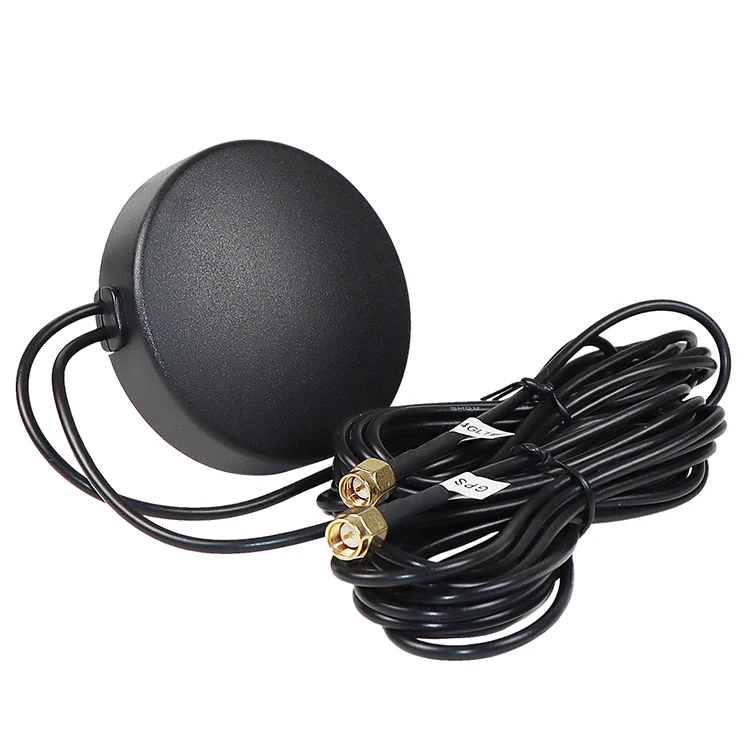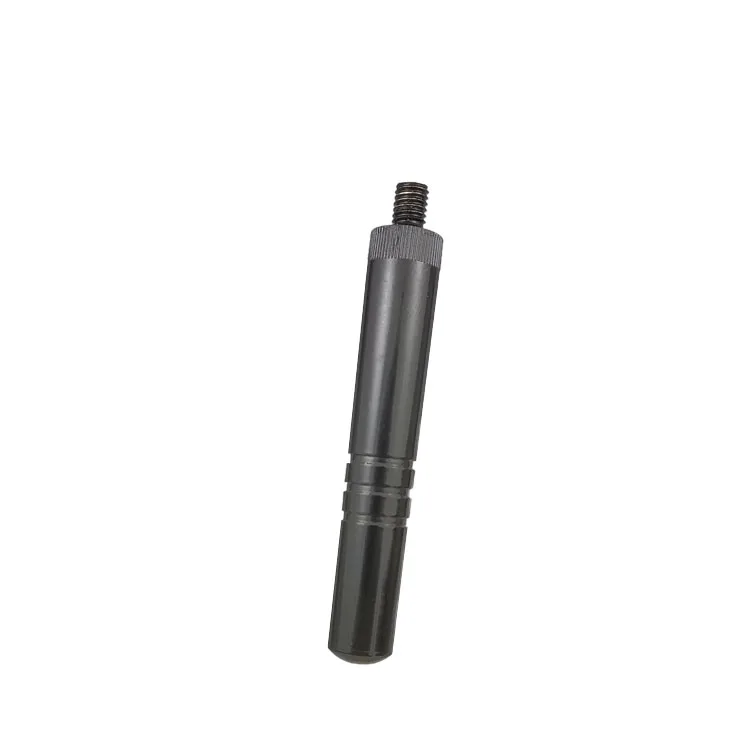Everything You Need to Know About Communication Antennas in 2025
As wireless connectivity becomes more critical in industrial and commercial applications, communication antennas play a pivotal role in ensuring seamless data transmission. Whether you're upgrading existing systems or sourcing new equipment, understanding the latest antenna technologies is essential.
How to Find Reliable Communication Antennas from China in 2025
China remains the global hub for electronic components manufacturing, offering competitive pricing without compromising quality. When sourcing communication antennas, consider these factors:
- Verify supplier certifications (ISO 9001, RoHS compliance)
- Request sample testing before bulk orders
- Check OEM/ODM capabilities for custom solutions
- Review shipping and warranty policies
Platforms like Alibaba showcase vetted manufacturers with proven track records in antenna production.
What Buyers Should Know Before Buying Communication Antennas from China
Key considerations include:
- Frequency range compatibility with your existing systems
- IP ratings for environmental durability (IP67 recommended for harsh conditions)
- VSWR (Voltage Standing Wave Ratio) below 1.5:1 for optimal performance
- Gain specifications matching your coverage requirements
Types of Communication Antennas
Common variants include:
Omnidirectional Antennas
360° coverage ideal for WiFi routers and mobile base stations
Directional Antennas
Focused beams for point-to-point communication (e.g., Yagi, panel antennas)
Helical Antennas
Circular polarization for satellite and GPS applications
Functions and Features of Communication Antennas
Modern antennas incorporate:
- 5G-ready designs with MIMO (Multiple Input Multiple Output) support
- Compact form factors for space-constrained installations
- Corrosion-resistant materials for outdoor use
- Smart tuning capabilities for frequency agility
Scenarios of Communication Antennas
Typical applications:
Industrial IoT
Machine-to-machine communication in smart factories
Telecommunications
Cell tower arrays and small cell deployments
Transportation
Vehicle-to-infrastructure (V2I) systems for smart cities
How to Choose Communication Antennas
Selection criteria:
- Match frequency bands to your regional spectrum allocations
- Consider future-proofing for emerging technologies
- Evaluate installation constraints (size, weight, mounting options)
- Compare connector types (N-type, SMA, TNC)
Communication Antennas Q & A
Q: What's the typical lifespan of industrial-grade antennas?
A: Quality antennas last 8-10 years with proper maintenance, though technological obsolescence often prompts earlier upgrades.
Q: Can one antenna handle multiple frequency bands?
A: Yes, multi-band antennas support concurrent operation across different frequencies (e.g., 2.4GHz and 5GHz WiFi).
Q: How important is antenna polarization?
A: Critical - mismatched polarization between transmitter and receiver can cause 20dB+ signal loss.
Q: What's the lead time for custom antenna orders from China?
A: Typically 4-6 weeks for design validation and production, plus shipping.
Q: Are Chinese antenna manufacturers competitive in 5G technology?
A> Leading Chinese suppliers now offer 5G mmWave antennas with performance matching Western counterparts at 30-50% lower cost.


